Wroclaw in Poland is a city full of beautiful and colourful houses. Here you can stroll through historical settings, enjoy delicious Polish food, paddle in the river Oder and perhaps go on a hunt for the city's many small statues of dwarves. Here are our top tips for Wroclaw in Poland.
Innehållsförteckning
Wroclaw in Poland
Wroclaw is Poland's fourth largest city, and we realised this when we tried to get into the city centre by motorhome. It was not easy to find a car park. Setting up at the city's campsite and then cycling into town was a much better idea. And what a town it was, stunningly beautiful!
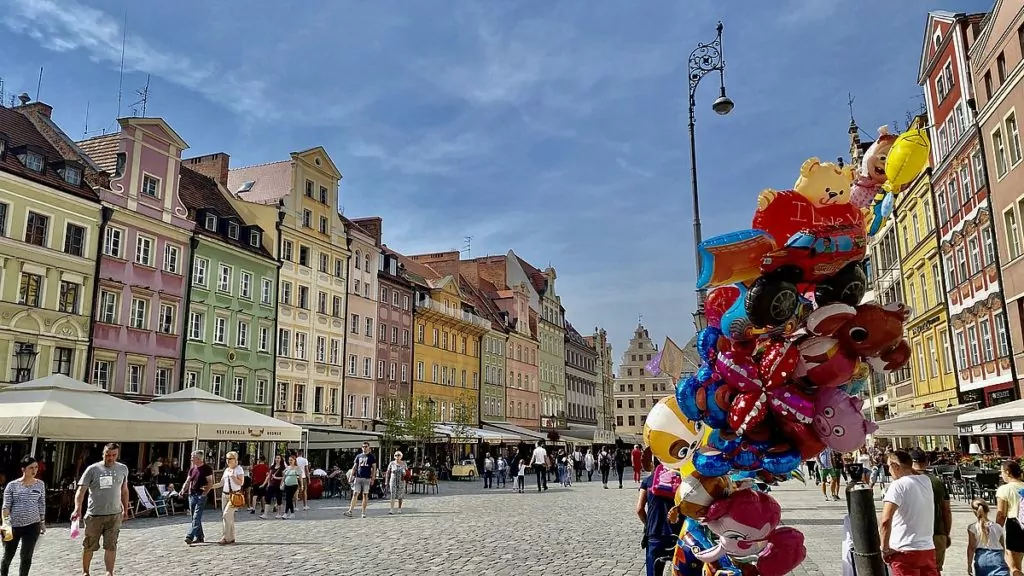
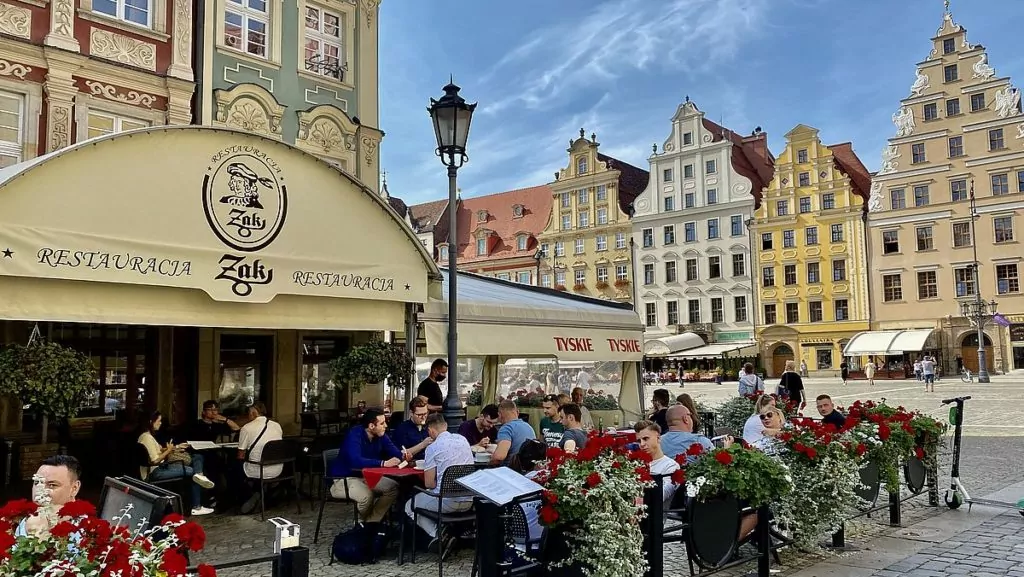
Wroclaw is located in western Poland, approximately 27 miles north-west of Krakow. Note that you can tap the plus and minus on the map!
1. Stroll around the Market Square in the Old Town.
The Market Square in the Old Town can be said to be the heart of Wroclaw. Here the beautiful buildings are close together, and there are also plenty of restaurants, pubs and cafés. When we were here in September, it was almost 28 degrees and the atmosphere was at its peak.
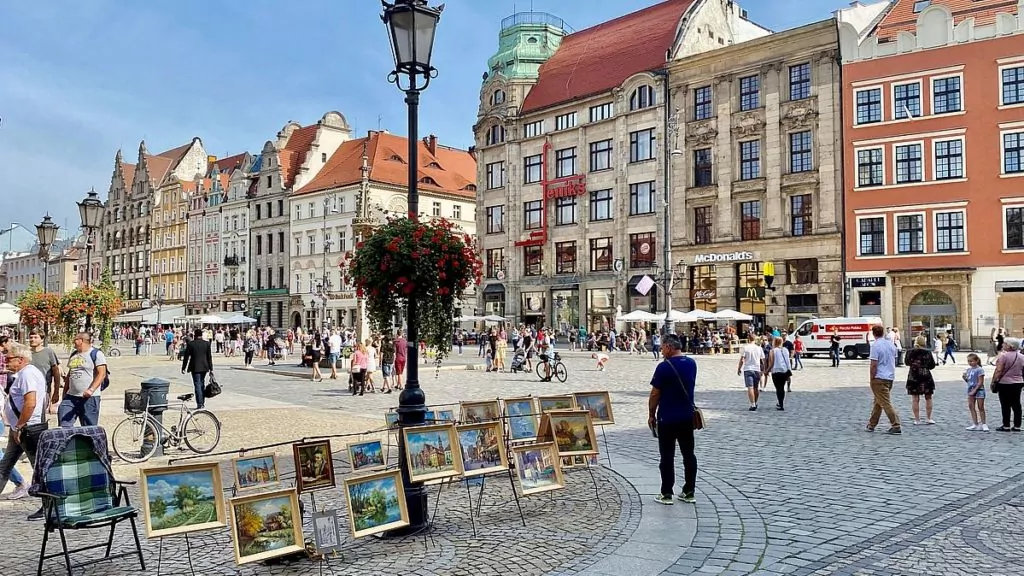
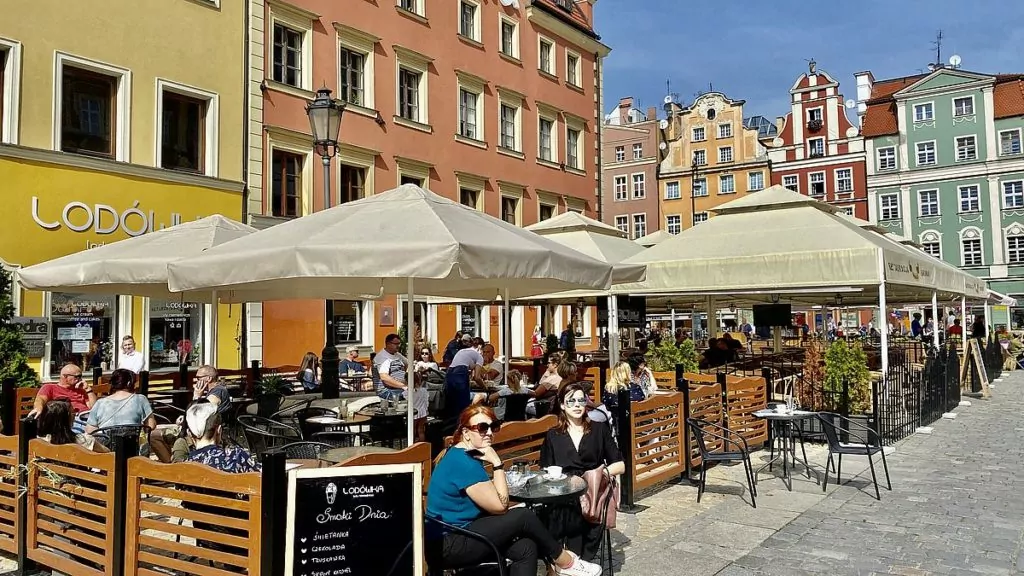
2. Admire the City Hall in Wroclaw
The most impressive building in the Market Square is the town hall. Built in both Gothic and Renaissance styles, this magnificent building is full of details. The building also houses the 'Piwnica Swidnicka' restaurant, considered one of the oldest restaurants in Europe, dating back to the 13th century.
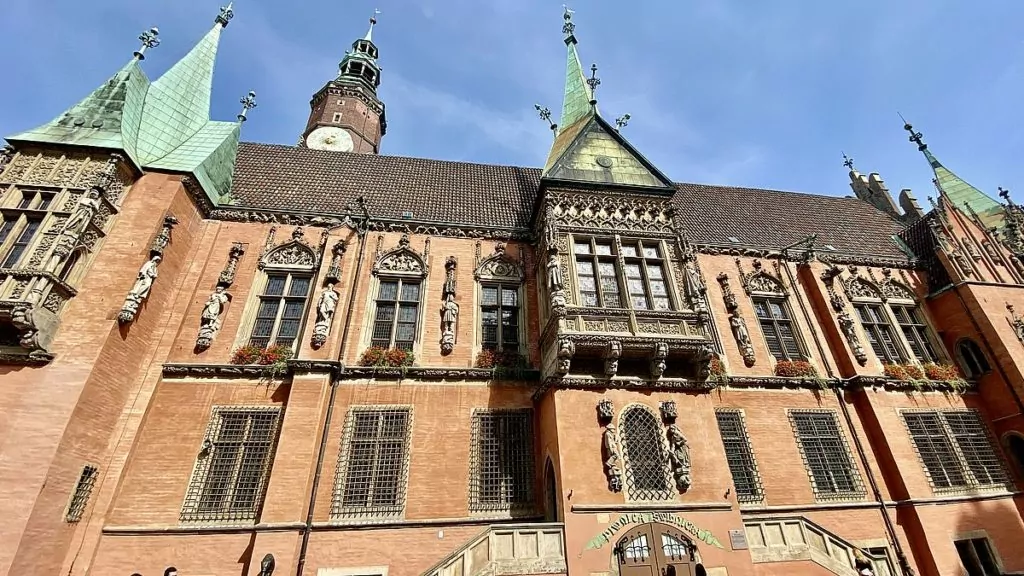
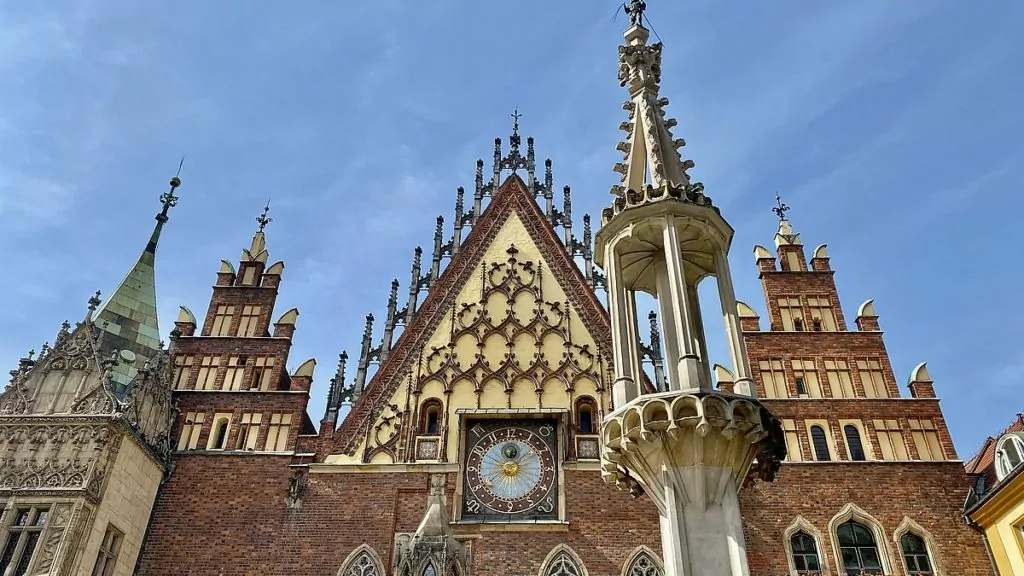
3. Eat Polish food at the Pod Fredra restaurant
Do you want to try real Polish food you can visit the restaurant Pod Fredra, which is located right next to the town hall. Here you sit with a lovely view of the square and the food is excellent. really good. We had herring, cold cut meat, bread and what we think was lard as a starter. Very good!
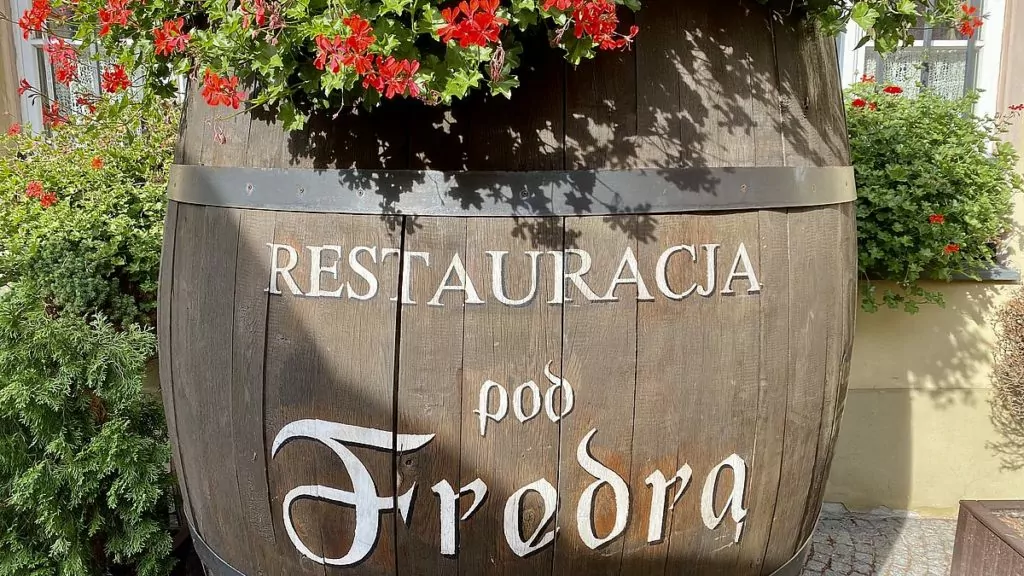
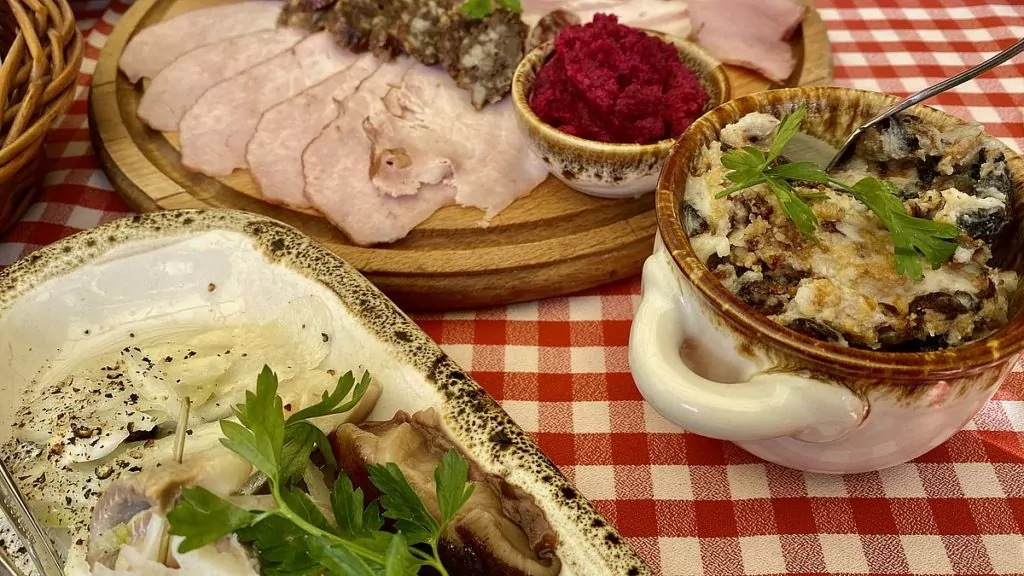
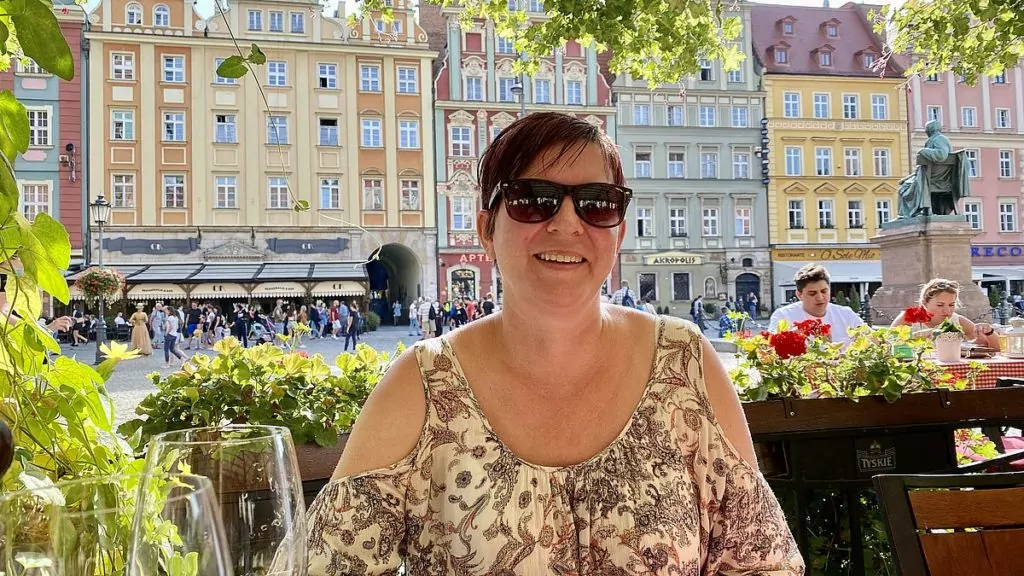
For the main course we tried several Polish specialities. Among other things, we ate pierogi, which was so good. It is a kind of dumpling served with various fillings, such as cabbage, meat, mushrooms and cheese. Other favourites in Polish cuisine are duck and all the good fermented vegetables, such as carrots, cabbage and raw cabbage. Yummy!
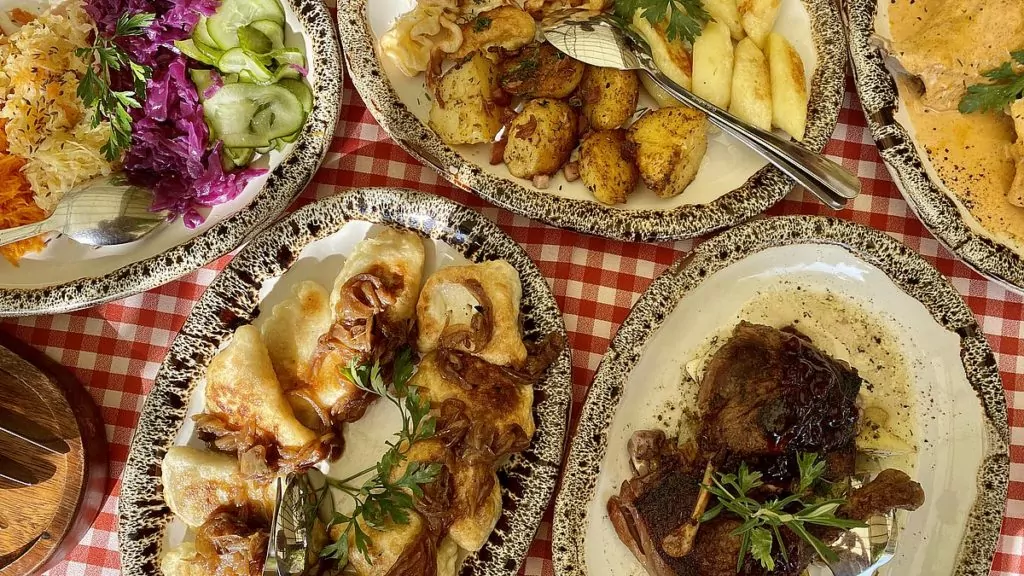
4. Coffee in a café with communist nostalgia
If you want a coffee with communist-era nostalgia, you can visit the PRL café, also located in Wroclaw's Market Square. We never went in here (a little too full from our visit to Pod Fredra!) but apparently there's a menu reminiscent of the leftist regime that once dominated Wroclaw.
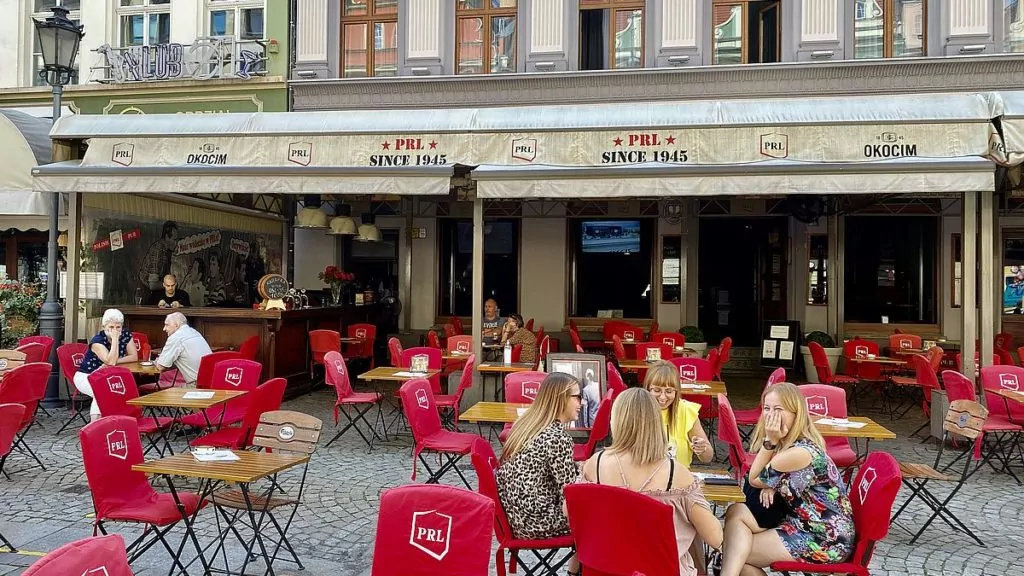
5. Go in search of Wroclaw's dwarves
Nobody knows today how many dwarfs (or goblins) there are in Wroclaw, only that they are getting more and more numerous. It is safe to say that there are at least 300 of them, maybe more than 400.
The dwarfs are everywhere and originally commemorated the opposition to the communist regime. Those who were active in the resistance movement, the Orange Alternative, painted small images of goblins on walls and facades, and soon the figures were worn on opposition hats.
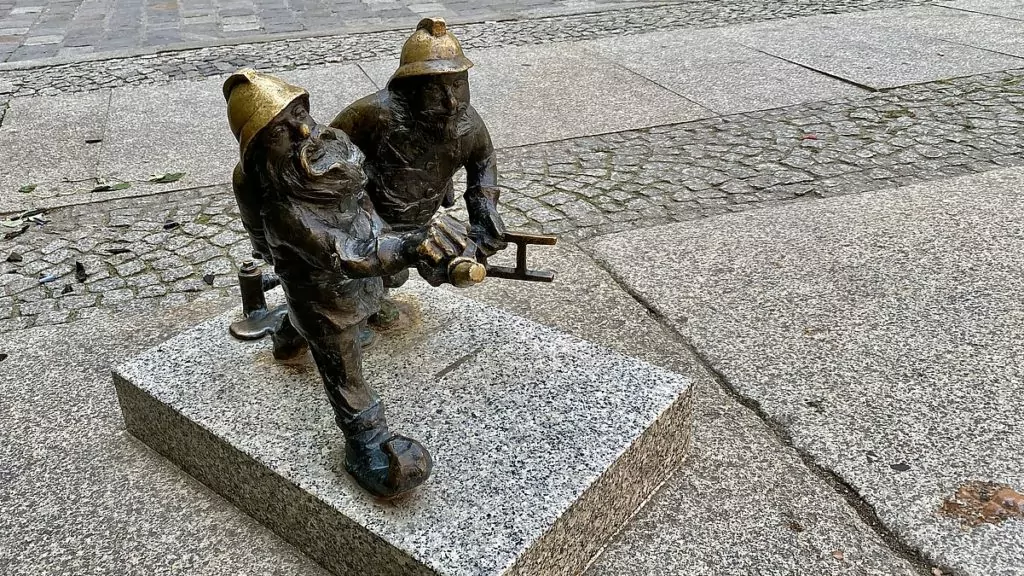
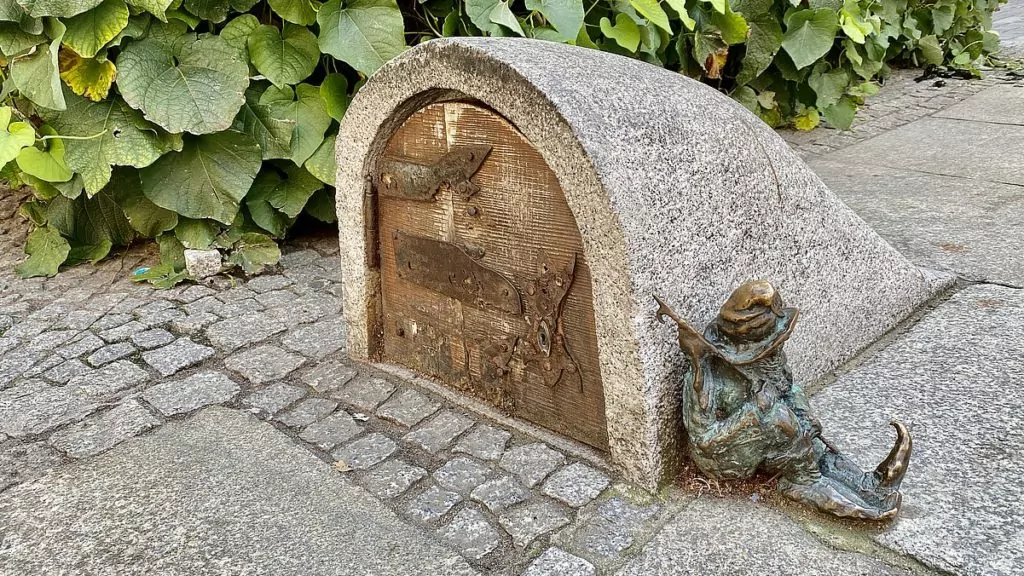
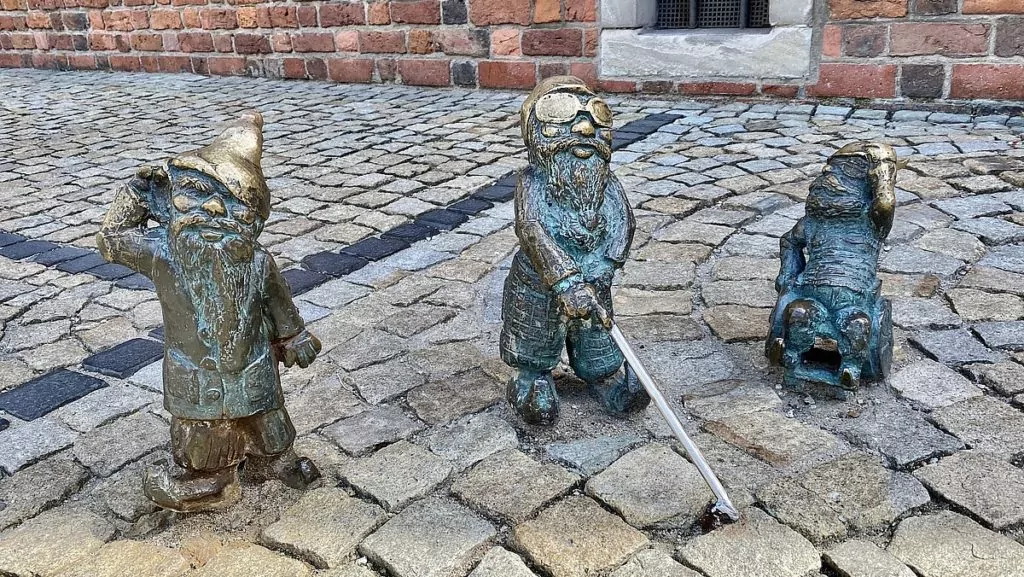
Today, the goblins are part of the soul of the city. You'll find everything from labourers to learned men and goblins with disabilities. One of all the dwarves we found was behind bars ...
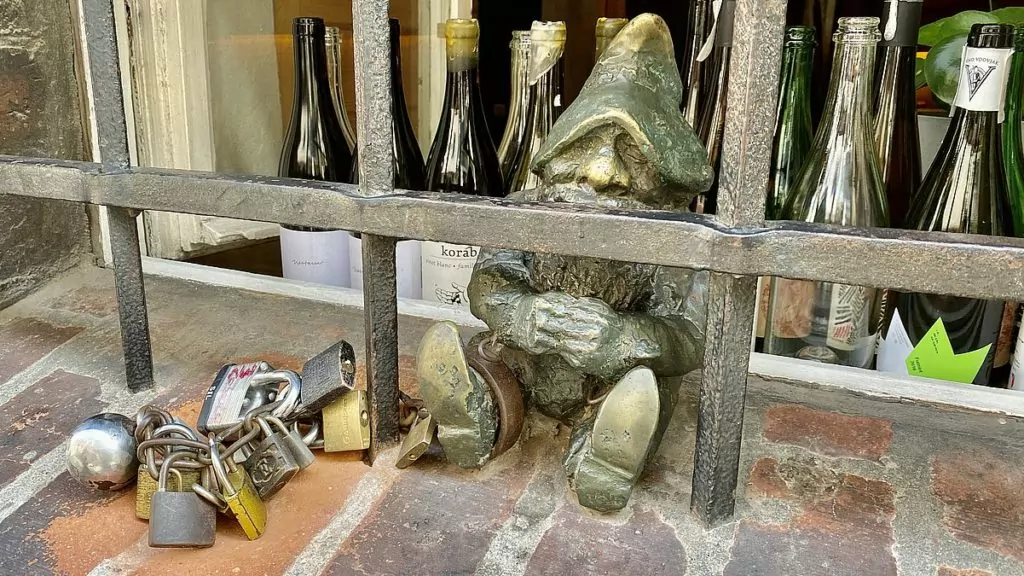
6. be impressed by powerful churches
Wroclaw is a historic and church-dense city. One of the mighty churches located near the Market Square in the Old Town is St Elisabeth's Church. Next to it are the very special houses that our guide called "Hansel and Gretel". On one of the walls there is also a very special artwork with Jesus, a cross and a hammer. "Do it yourself", as our guide put it.
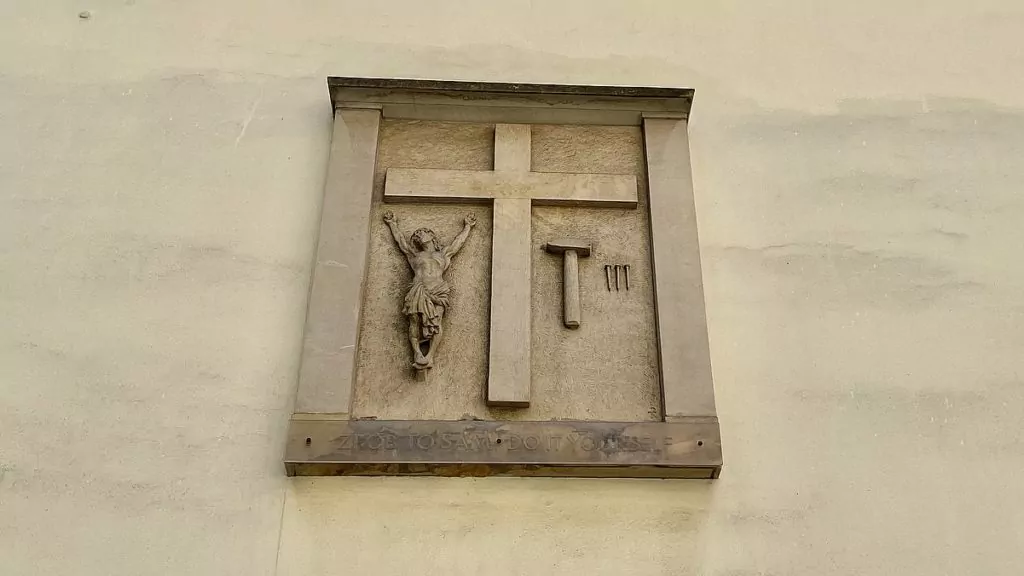
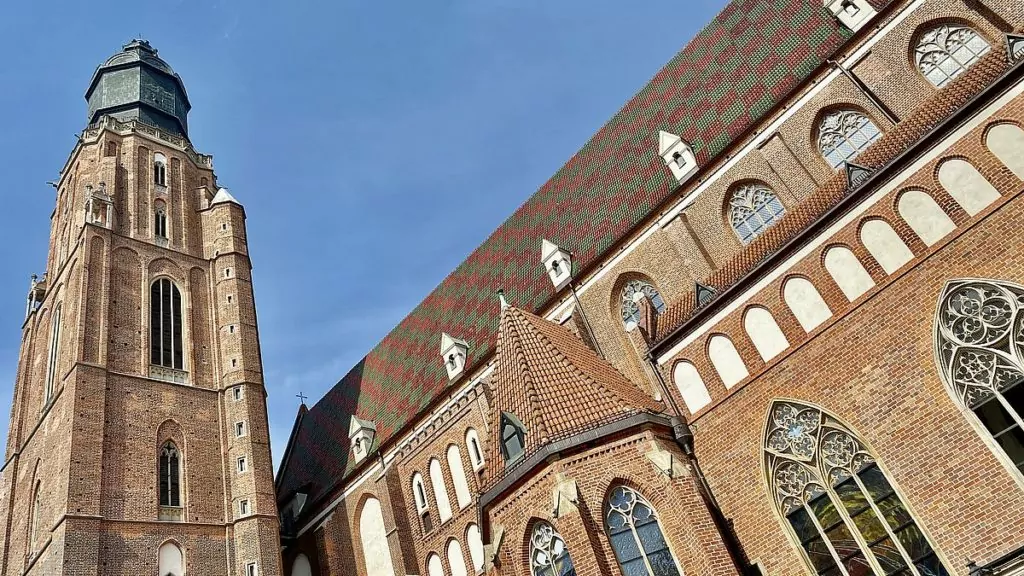
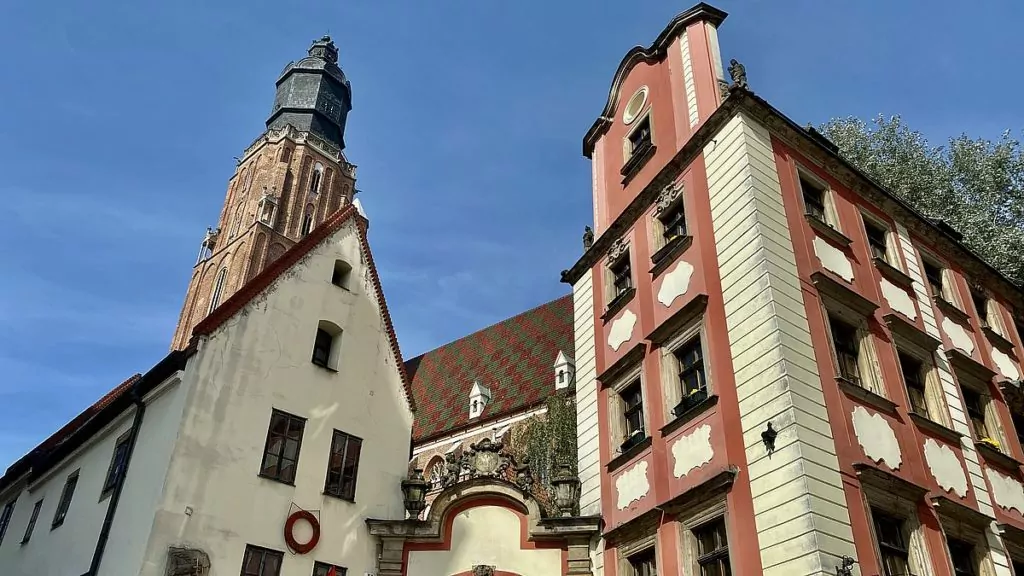
Another nice church we looked at, also in the centre of town, was St Matthew's Church. This Gothic church dates from the early 13th century.
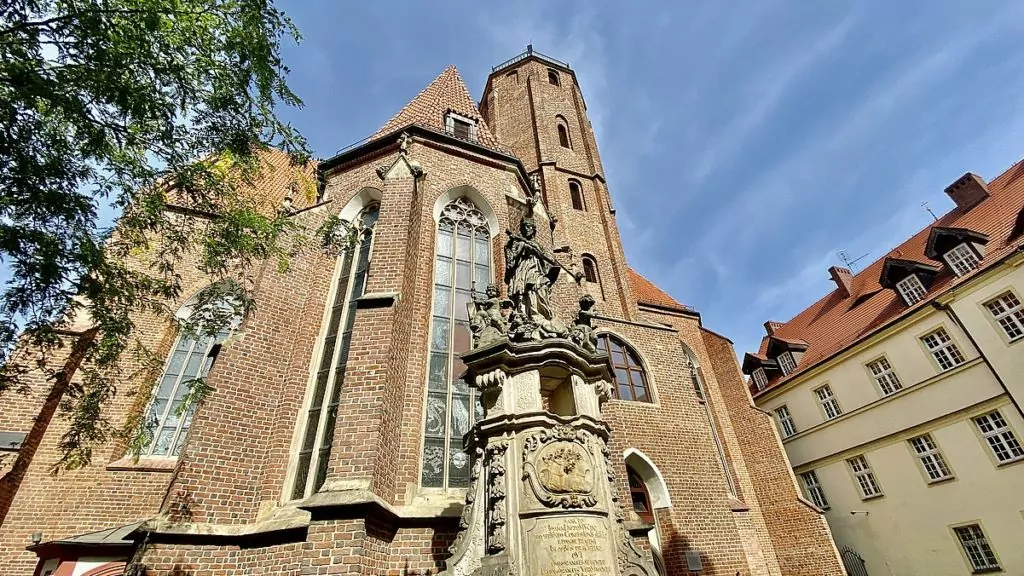
7. Get to the "cathedral island" of Ostrów Tumski
Want to see even more churches? Ostrów Tumski (Cathedral Island) is the oldest part of Wroclaw. There is a whole range of architectural monuments here, such as the Cathedral of St John the Baptist and the Church of the Holy Cross.
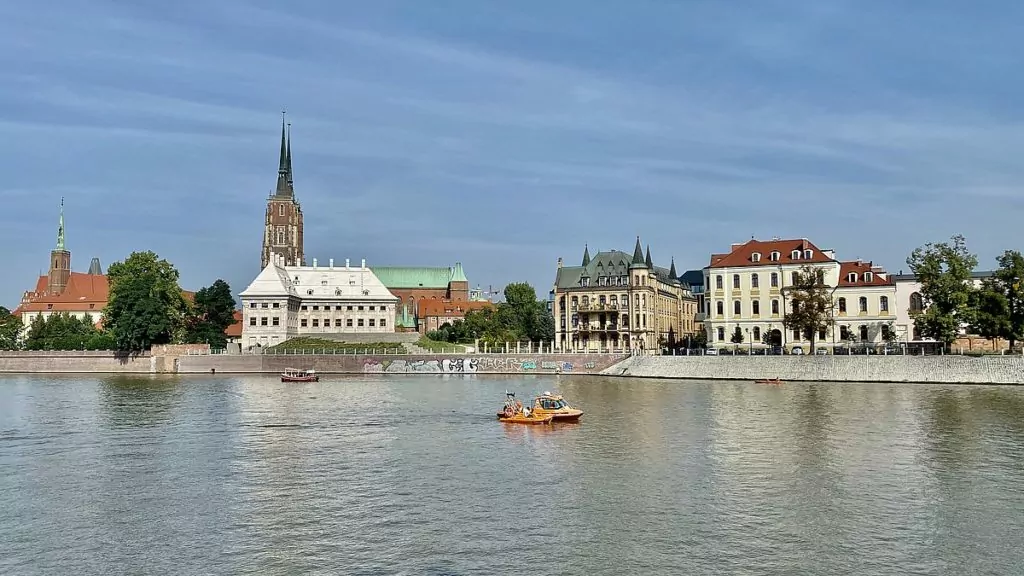
8. Being fascinated by the University of Wroclaw
It's worth spending a little time at the University of Wroclaw, located in the city's oldest baroque complex. The building is beautiful on the outside, but there are also fantastic ornate concert halls inside. The Leopold Aula is said to be the most fascinating.
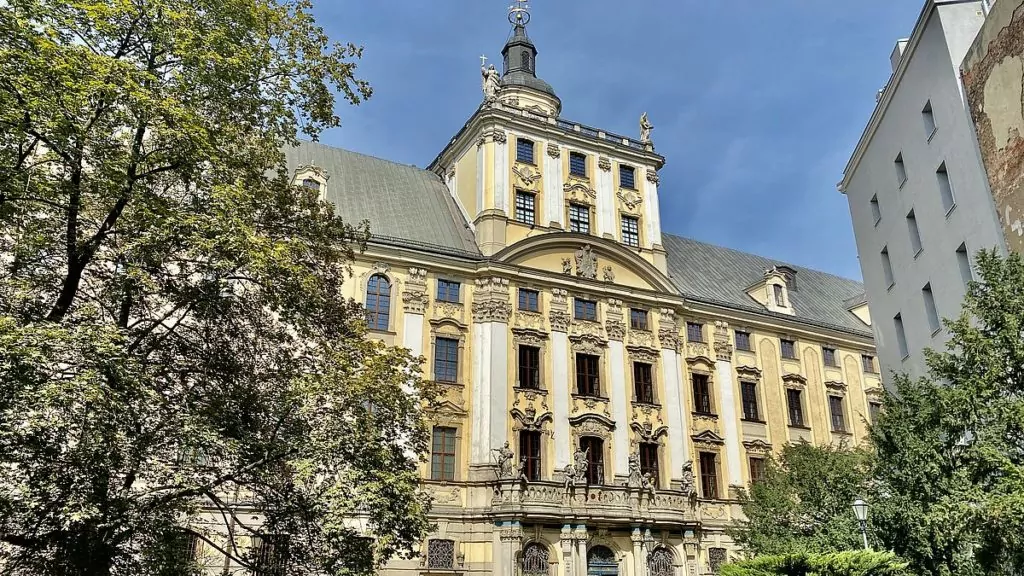
Outside the University, there is a statue of a naked man with a sword who, according to legend, gambled away all his clothes and now stands as a warning to all the students of the University. There is also (of course!) a dwarf in the shape of a scholar.
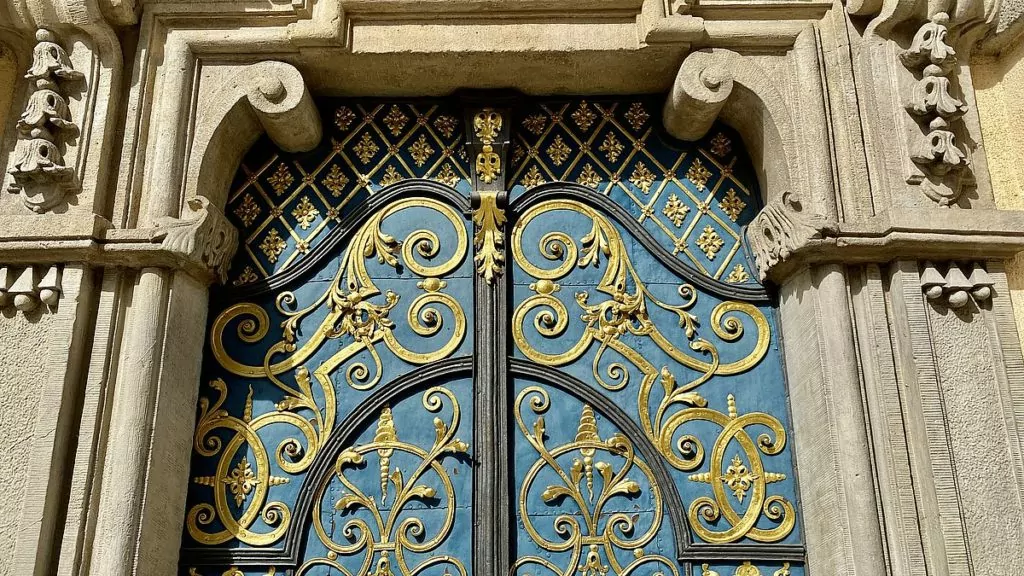
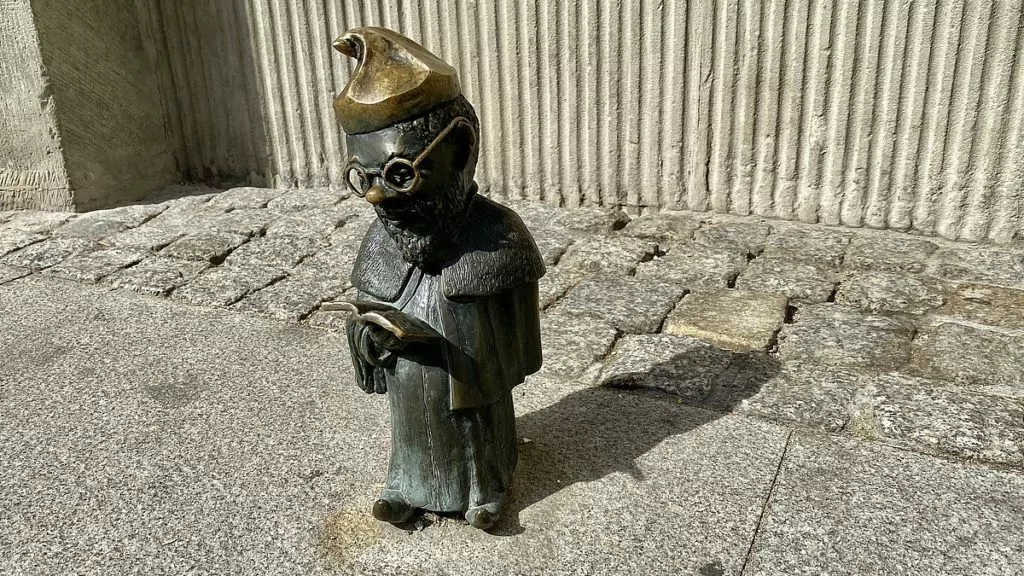
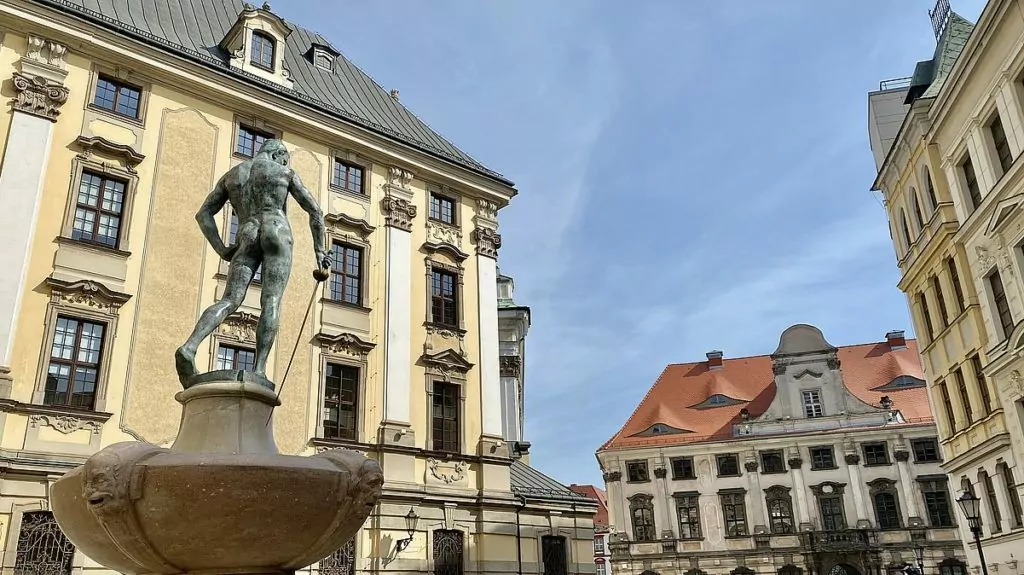
9. Walk (or ride) a guided tour
If you don't want to seek out all the sights yourself, it might be worth taking a guided tour. Would you rather travel by bus or horse and carriage? That works too!
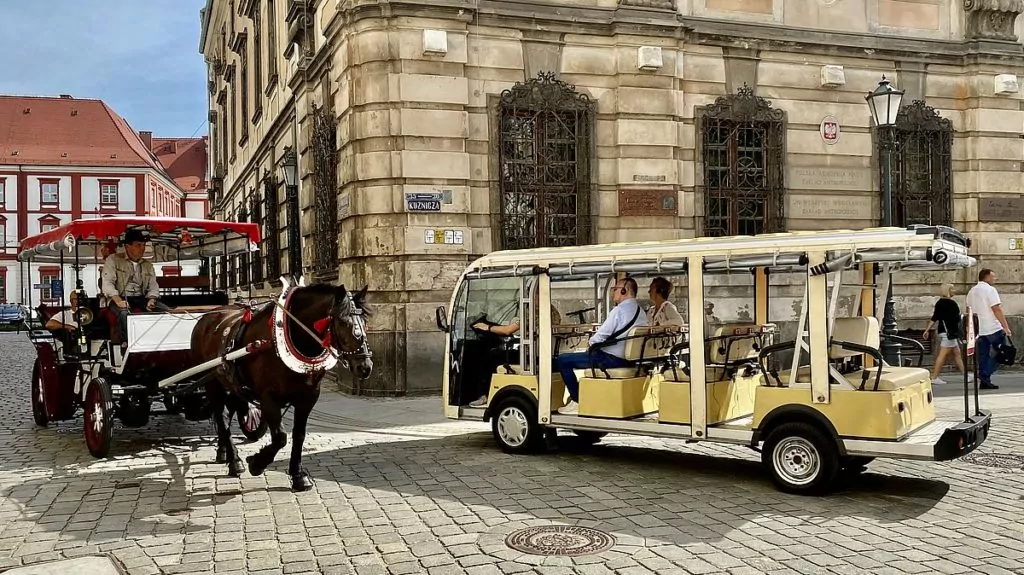
A guided tour often makes a city come alive in a different way, taking you to places you would never have found otherwise. For example, we found our way into the beautiful garden at the Ogród Ossolineum.
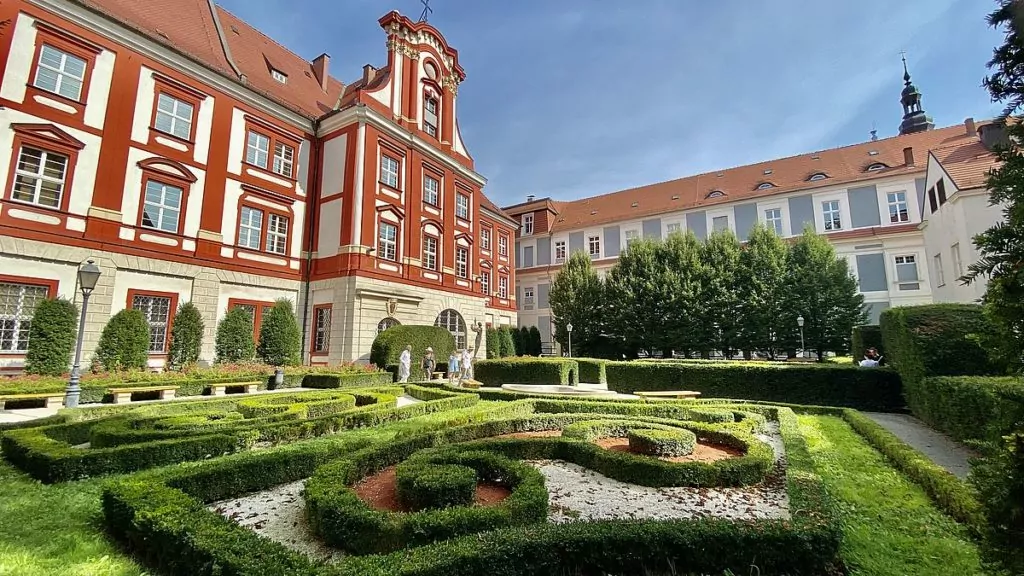
10. Shopping for handicrafts in medieval alleys
In medieval times, meat was sold in these alleys, now called Jatki, between Kielbásnicza and Odrzanska streets. You can imagine that it was smellier and noisier back then, but the buildings still have a medieval feel. Today, small shops selling arts and crafts are located here.
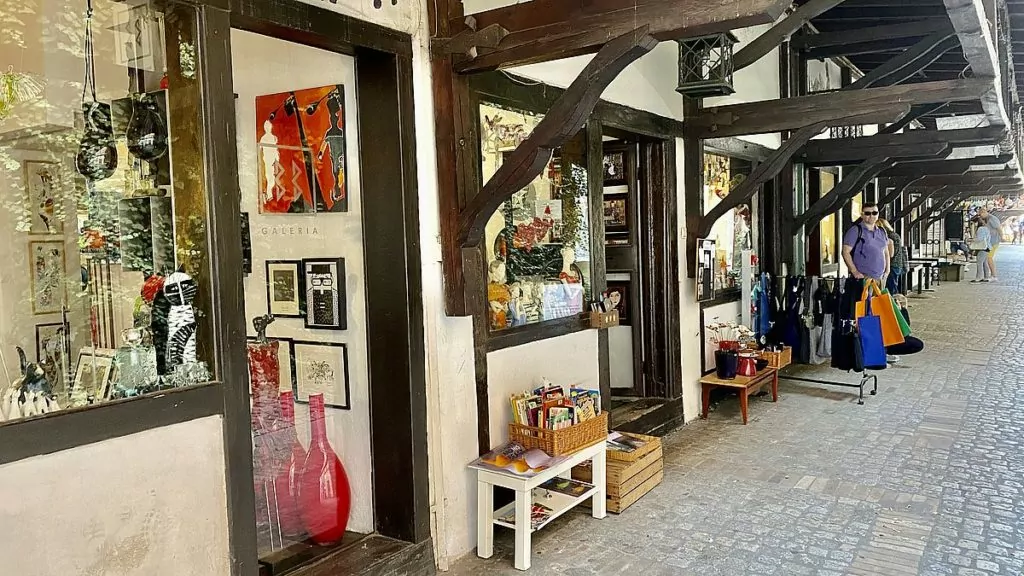
At one end of the alleys are small statues of pigs, goats, rabbits and ducks. The statues symbolise the animals that were once slaughtered and sold here for food.
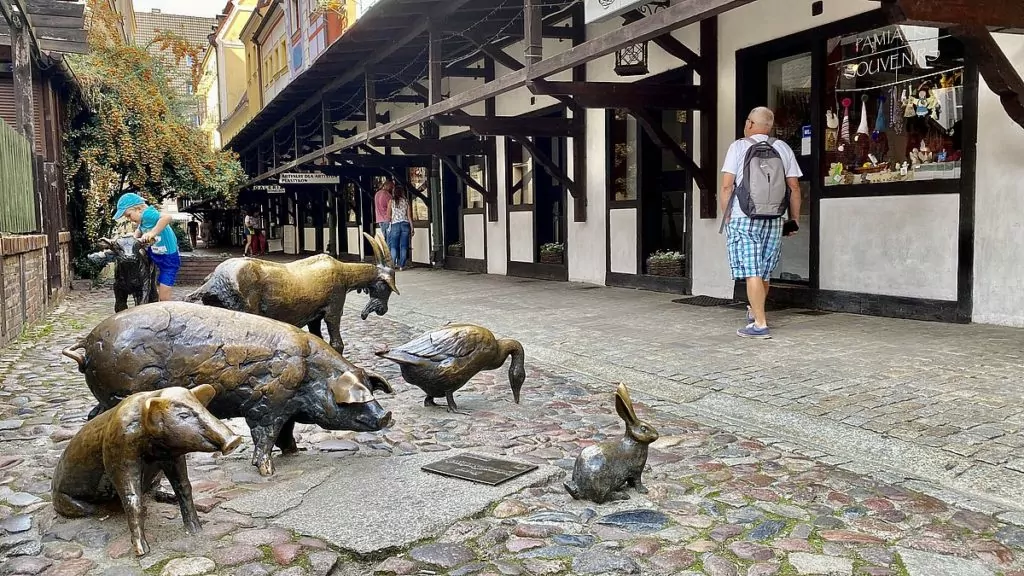
11. Kayaking in Wroclaw
There are several places that rent canoes and other small boats in Wroclaw. We rented at one of the most centrally located places, and this place is right next to the National Museum in Wroclaw. A really nice way to experience the city and its surroundings, highly recommended!
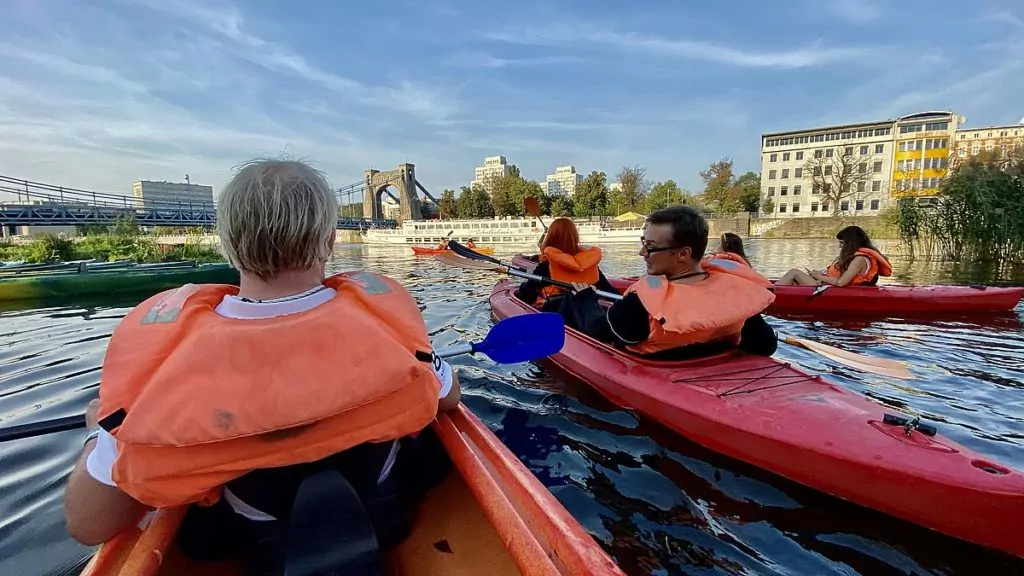
12. Hang out along the river Oder in the evening
People are attracted to water, and so is Wroclaw. If you're not a canoeist, you can go on a boat trip, or maybe just look at different types of boats.
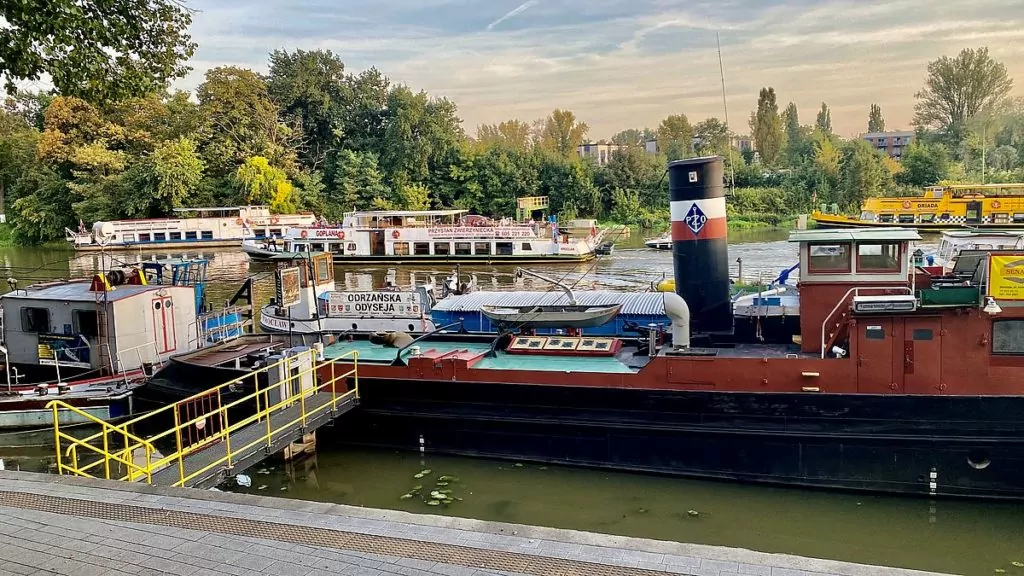
When the weather is nice, there is also plenty of relaxed 'hanging out' along the waterfront. There are outdoor terraces with sun loungers on the grass and people playing various beach sports on the sand. A cable car (Polinka) can also be found in one place. Wonderfully nice atmosphere!
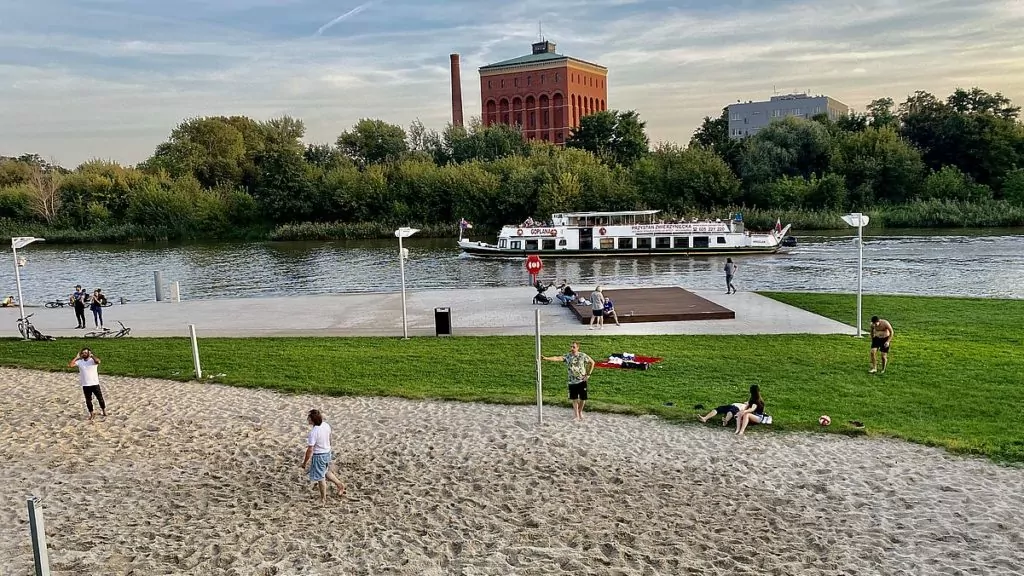
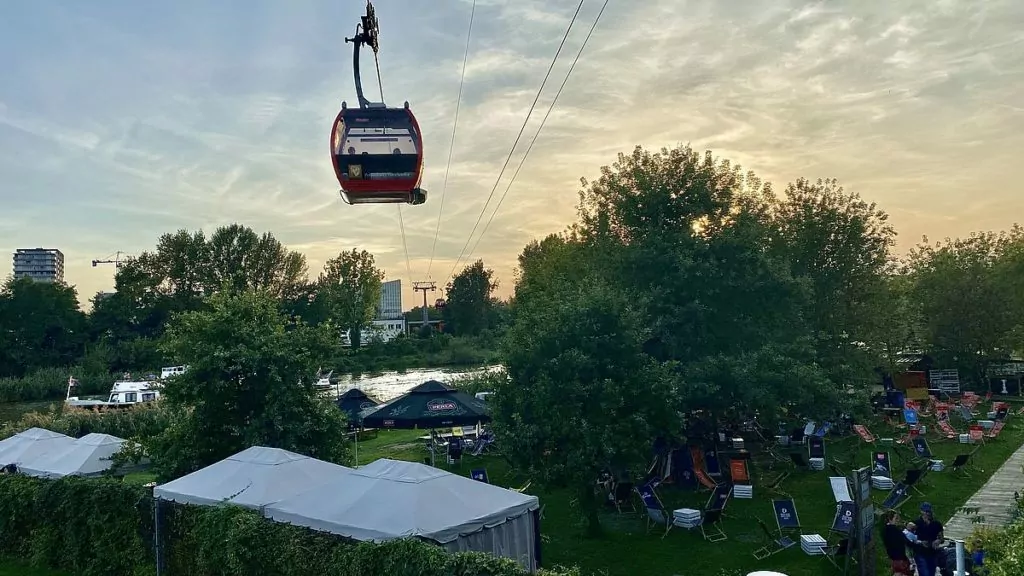
13. Visit the Centenary Hall
The Centennial Hall (Hala Stulecia in Polish) has been a UNESCO World Heritage Site since 2006. Inside the building, various fairs and events are organised, but it is also worth visiting the hall for its beautiful surroundings.
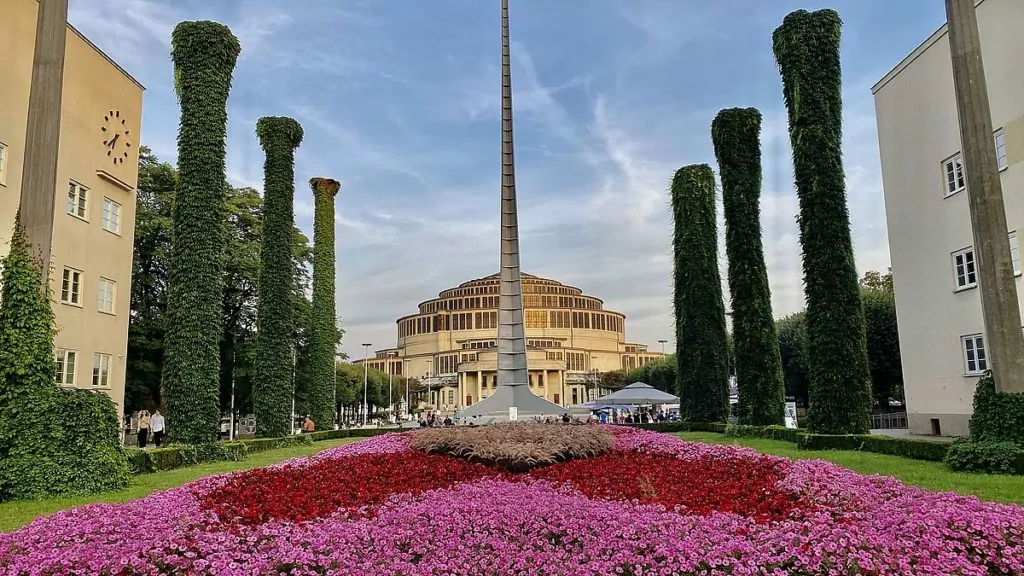
Right next to the Hundred Years Hall is a large pond, which is illuminated in the evenings while fountains play over the water. There is also a long beautiful colonnade and a park with statues. There is also a Japanese garden right next door.
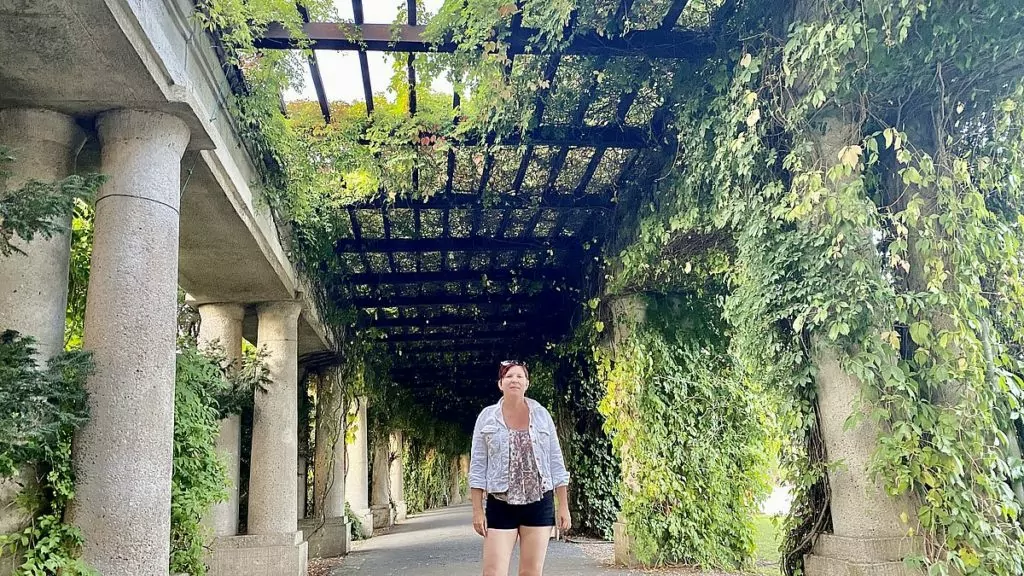
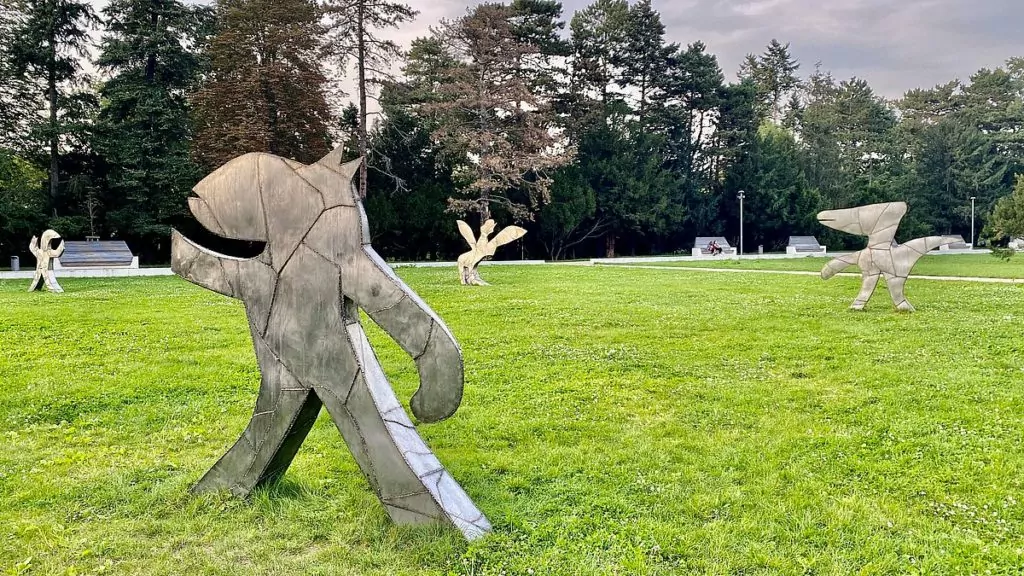
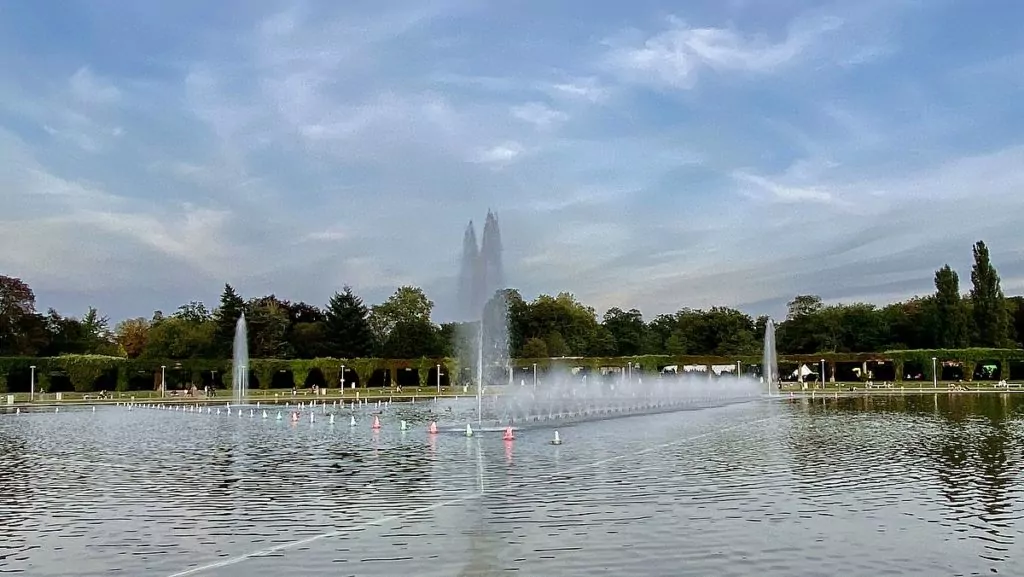
14. Learn about water and history in museums
There are plenty of museums in Wroclaw. Unfortunately, we didn't have time to visit any of them, but there are several we are curious about for future visits. Here are some museums that might be worth visiting:
- Hydropolis - water museum
- Kolejkovo - a world in miniature
- Wroclaw University Museum - historical artefacts and views from the Mathematical Tower
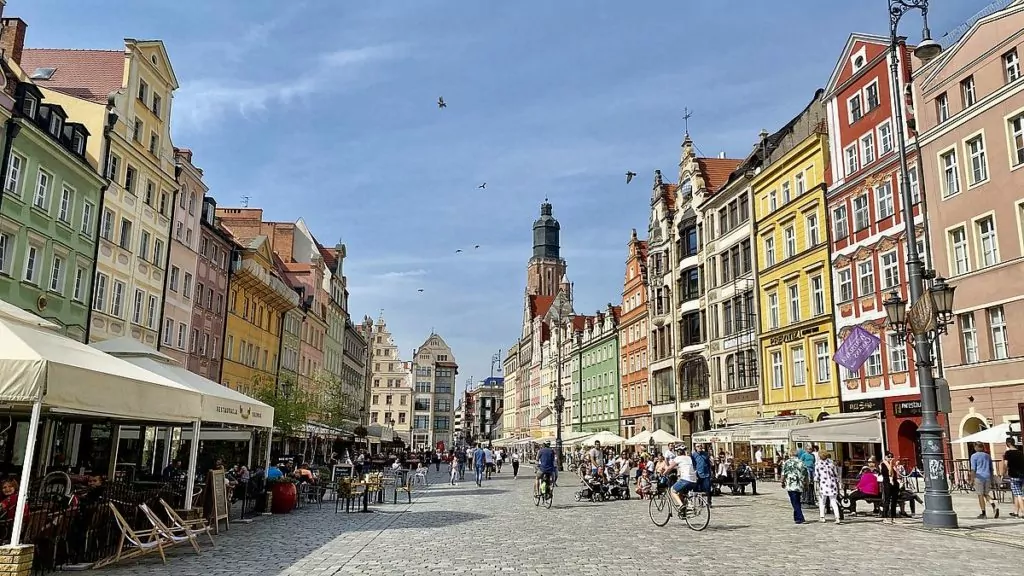
More to see and do in Wroclaw
Besides all our tips, there is of course much more to see and do in Wroclaw, Poland. Here are some additional tips:
- The Royal Palace
- Wroclaw Zoo and Afrykarium (Oceanarium dedicated to African wildlife)
- Wroclaw University Botanical Garden
- Panorama Racławicka - a 114 metre long painting
- Park Szczytnicki
- Wroclaw opera
- Market halls Hala Targowa
- National forum of Music
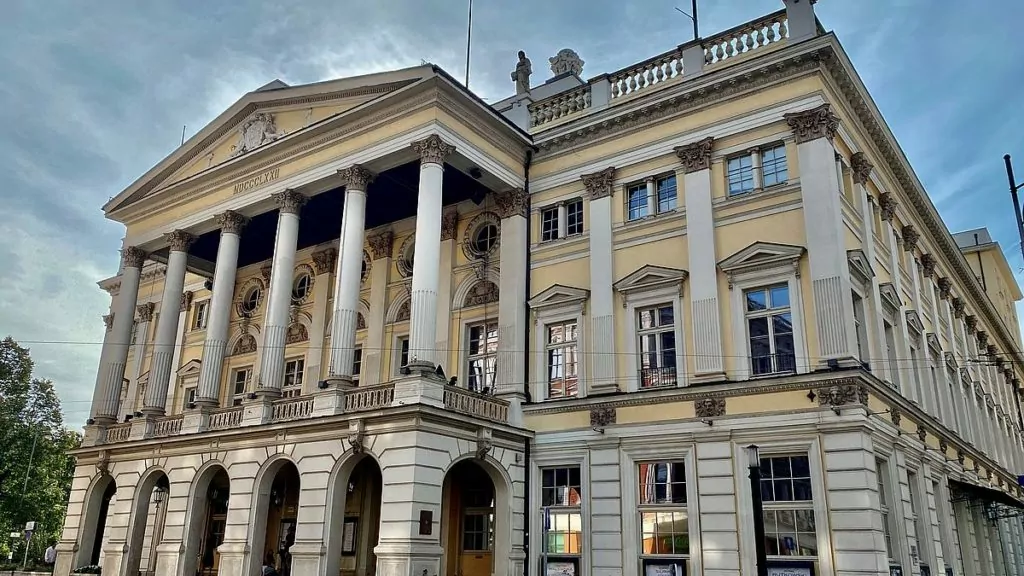
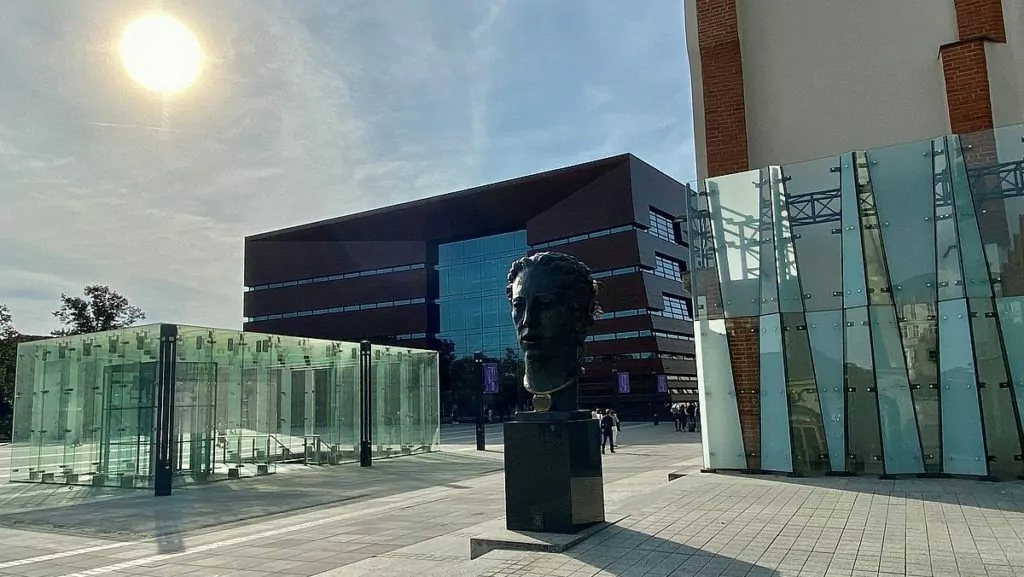
Things to do in Wroclaw - on film
Where to stay in Wroclaw?
There are plenty of hotels and other accommodation in Wroclaw, which you can find through various hotel websites. We travelled with a motorhome and therefore have the best knowledge of the range of campsites. We first tried to park relatively centrally (in a car park indicated in the CamperContact app), but it was crowded so we went to camping Olimpijski no. 117 instead.
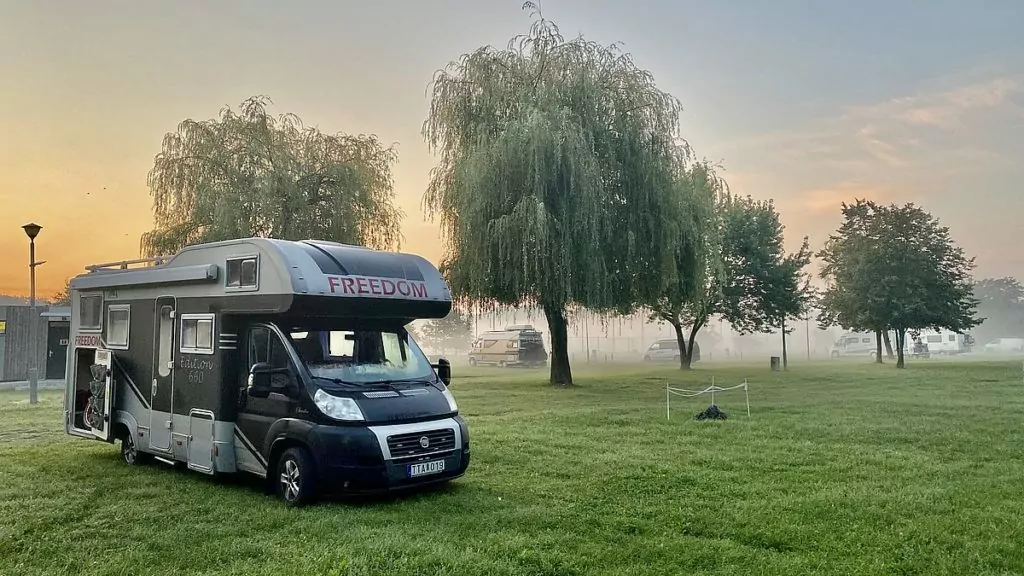
This campsite was excellent. There was plenty of space, all the services we needed and the staff spoke good English. The campsite is really close to the Hundred Years Hall and the Japanese Garden, and it's cycling distance to the city centre.
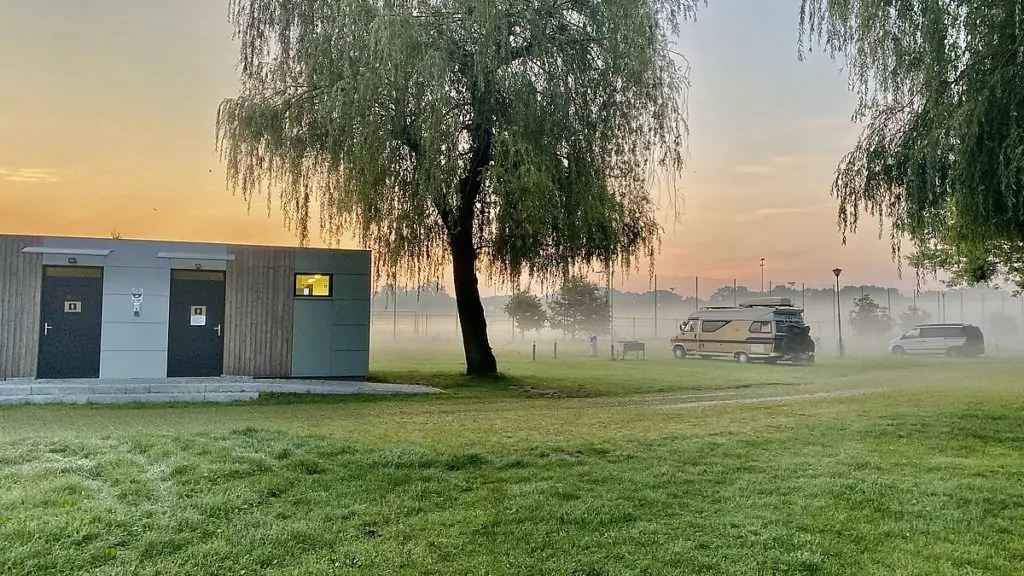
More to do in Poland
There is of course more to see and do around Poland. For example, you can visit interesting cities such as Gdansk and Torun. Below you will find reports with even more tips.
Things to do in Swinoujscie, Poland - 7 tips
What to see and do in Swinoujscie, Poland? This time we came here with...
Krakow in Poland - tips and guidance in Swedish
Have you visited Krakow in Poland yet? Whether you're a newcomer to the city or a...
Krynica Morska on Vistula Island - a holiday resort in Poland
Krynica Morska is located in north-eastern Poland, on the Vistula Island, and is a popular holiday and seaside resort. We...
Camping Stogi in Gdansk - on the Polish coastline
Now we have made it to the Stogi campsite in Gdansk. We have been here before, but...
Masurian Lakes in Poland - A canal boat trip from Mikolajki
The Masurian Lakes in Poland offer a magical holiday paradise in the eastern part of the country,...
Malbork Castle in Poland - a medieval knight's castle
Malbork Castle in Poland is located in the Polish town of the same name. The castle was built by German...
Torun, Poland - 12 things to see and do
Torun in Poland is a beautiful and historically interesting city that is a UNESCO World Heritage Site....
With Unity Line from Poland to Ystad - and a visit to Szczecin!
After a nice visit to Poland, in Gdansk and Szczecin, we travelled back with Unity ...
Poznan, Poland - 11 things to see and do
Poznan in Poland is a city with an amazingly beautiful square. Our jaw almost dropped when...
What to do in Warsaw - our top 13 tips
What to see and do in Warsaw? Poland's capital is perhaps one of Europe's cheapest...
Baking St Martin croissants at a museum in Poznan
We got to try baking St Martin croissants at a museum in Poznan. So, what is...
Holidays in Zakopane - on the Tatra Mountains in Poland
Holidays in Zakopane! We have travelled to Zakopane, located in the Tatra Mountains in Poland, south...
Nicolaus Copernicus' house in Torun, Poland
The Nicolaus Copernicus House in Torun is a museum that tells the story of the life of the astronomer Copernicus,...
Things to do in Gdynia, Poland - our top 9 tips
What to see and do in Gdynia, Poland? Gdynia offers beautiful sandy beaches, nice...
Mierzecin - castles in Poland with magical scenery
Mierzecin - castle in Poland with magical nature in Dobiegniew in the countryside of western Poland. The castle...
Gdansk - Nynäshamn with Polferries
Yesterday it was time to leave Poland and head for the ferry. We had to wait a long time in...
Lovely holiday in Swinoujscie, Poland
Time for a holiday in Swinoujscie, Poland! Swinoujscie is located on the Baltic Sea coast, near the border...
Summer holidays in Poland - our top tips
Yesterday we came home from a week's summer holiday in Poland. We have had a very nice ...
Travelling from Sweden to Poland in times of coronavirus
What is it like travelling from Sweden to Poland in times of coronavirus? We have finally travelled...
Things to do in Krakow - 12 tips for Poland's historic centre
There is a lot to see and do in Krakow, and here are our personal tips. Krakow,...
Christmas market in Warsaw with fabulous decoration
Yesterday we went to the Christmas market in Warsaw. We were not lucky with the weather so to speak....
Market in Gdansk dating back to the 13th century
Every year a huge market is organised in Gdansk for everyone in Poland, running up and down the street....
Canoeing in Wroclaw, Poland - a great experience!
We tried canoeing in Wroclaw, Poland. What a fantastic experience! Sometimes the...
Facts about Poland - 30 things you (might) not know
Writing facts about Poland is really fun. We have travelled a lot in Poland and discovered...
Travelling on the Poland ferry - Polferries Gdansk - Nynäshamn
Now we are home after a fantastic week in Poland. We travelled home with the Poland ferry...
Gdansk attractions - a great place for a nice trip
Today we present a guest article Eating in Gdansk Travelling is a great way to discover the...
Unesco World Heritage Sites in Poland - 16 places of interest
Have you seen any of the Unesco World Heritage Sites in Poland? There are currently 16, and...
Recipe for Zurek - we cook Polish soup
Today's recipe is for zurek, our absolute favourite soup in Poland. I don't think we ever...
Polish beautiful coastal road - FREEDOMtravel themed roads
The Polish Beautiful Coastal Road is a themed road that takes you along the whole of northern Poland and 50...
Mechelinki - The charming little fishing village in Poland
Mechelinki used to be a small sleepy fishing village on the Polish Baltic Sea coast. Not far from here are holiday resorts...
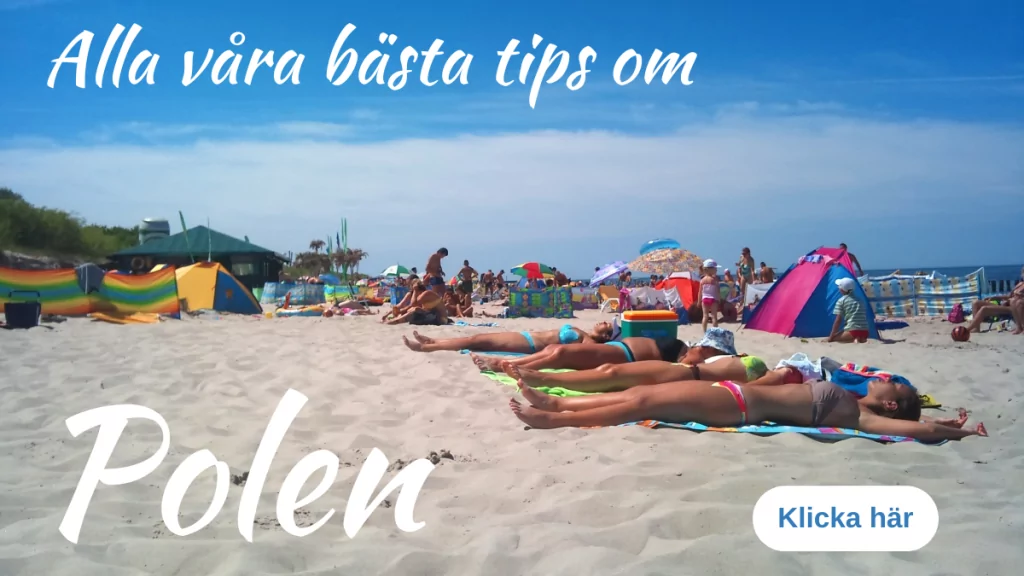
More tips for things to do in Wroclaw?
Have you been to Wroclaw? Do you have any other tips on what to see and do?
Facts about Wroclaw in Poland
- Country: Poland
- Vojvodship: Lower Silesia Voivodeship
- Name: German: Breslau, Czech: Vratislav and Latin: Vratislavia.
- Location: Wroclaw is located in western Poland, 27 miles north-west of Krakow.
- River: or
- Population: About 630 000 inhabitants (2014)
- Capital of Culture: The city was named European Capital of Culture in 2016, along with San Sebastián.
History of Wroclaw
- Early history: The oldest traces of settlements are 30,000 years old.
- 1500 BC: There were trade routes for salt and amber trade.
- 0-1000 AD: There was migration and the area was dominated by Slavic and Germanic tribes.
- Around the year 1000: A newly established episcopal seat is mentioned under the name of Wrotizlava. The oldest parts were located on the islands of Sand Island, Cathedral Island, Burgerwerder and other islands.
12th century to 16th century
- 1163: The city became the capital of the Duchy of Silesia, under the dukes of the House of Piast.
- 1241: The city was destroyed by a Mongolian army.
- 1327: The city became part of the Kingdom of Bohemia.
- 1526: Bohemia and Silesia became part of the Habsburg monarchy.
18th to 19th century
- 1702: The city's university was founded.
- 1740-1763: After the Silesian Wars, Maria Teresa of Austria ceded Silesia to Prussia.
- 18th century: The Prussian King Frederick II built a royal palace, as well as government buildings, a court church and a theatre.
- 1815: Breslau (the German name for Wroclaw) became the capital of the Prussian province of Silesia.
- 1871: Breslau became part of the German Empire.
20th century
- The Second World War: The city was bombed, and in 1945 it was besieged by the Red Army. Most of the remaining Germans were expelled by the Soviet Union.
- 1945: After the Potsdam Conference, Wroclaw was annexed to Poland and renamed Wroclaw.
- 1950s to 1970s: Industry was reconstructed and bombed-out houses were rebuilt.
- 1989: Communism fell.

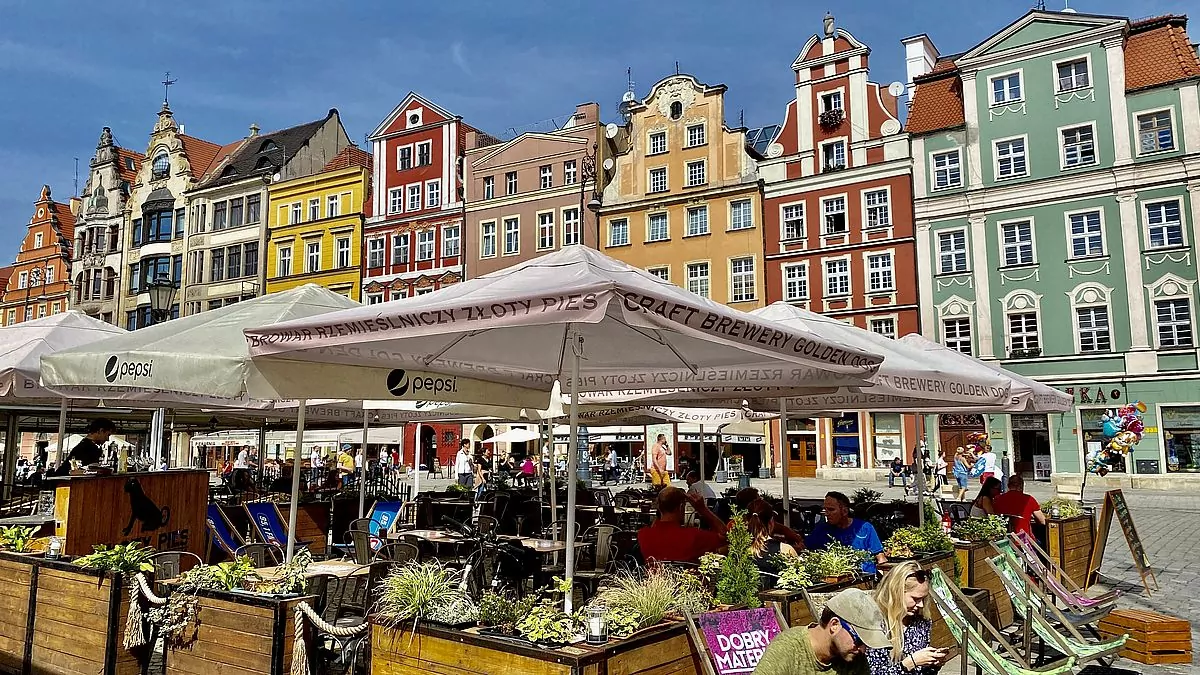
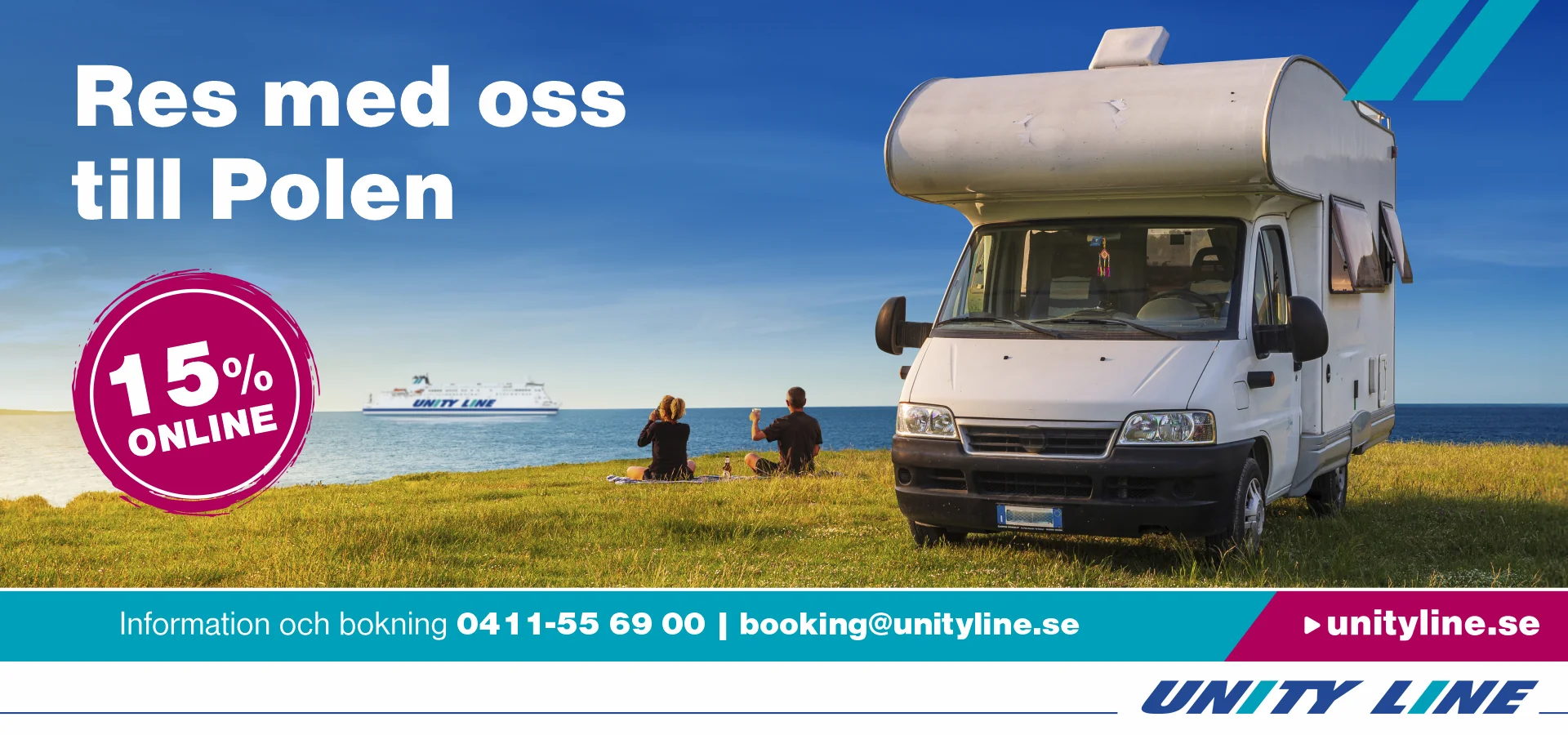







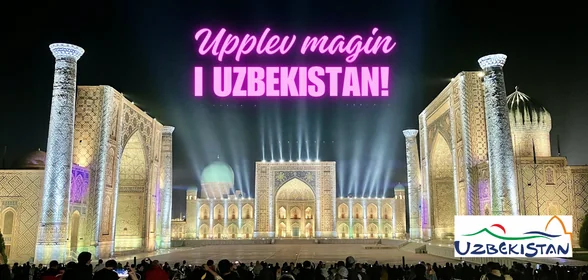

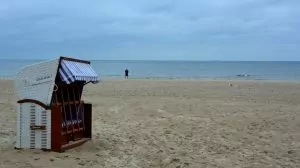
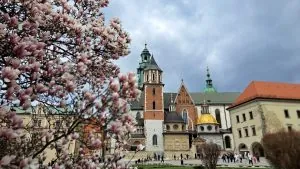
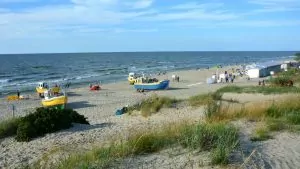
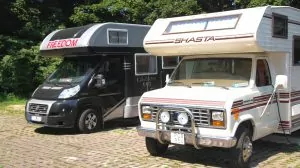
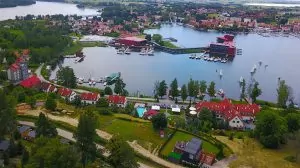
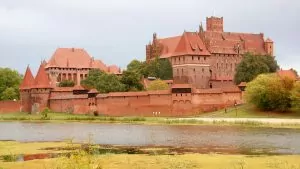
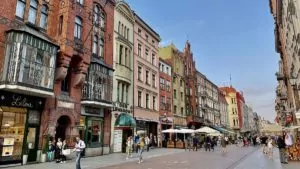
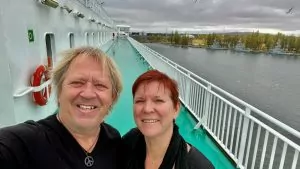
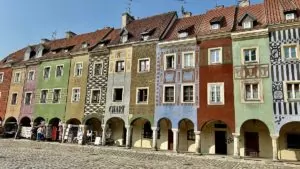
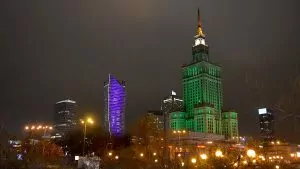
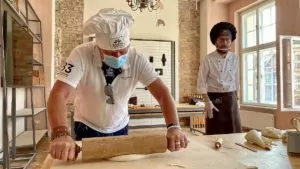
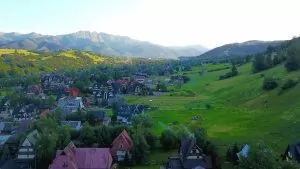
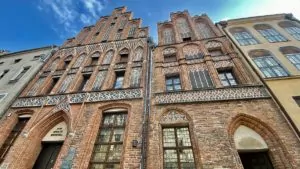
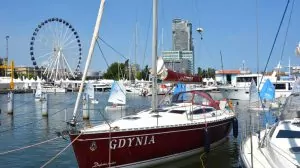
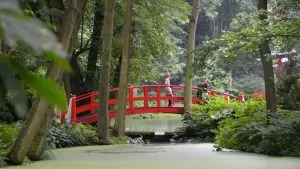
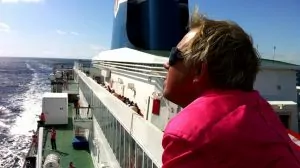
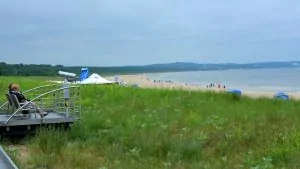
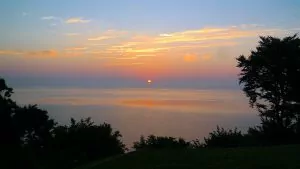

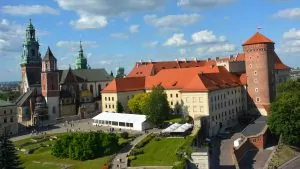
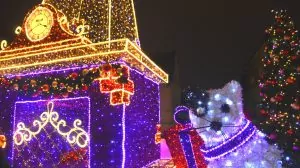
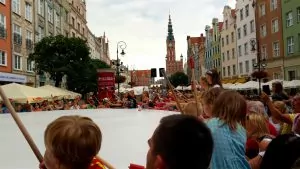
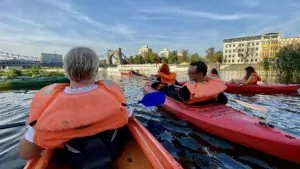
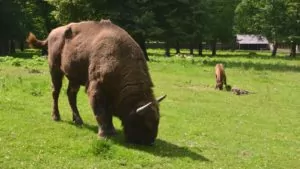
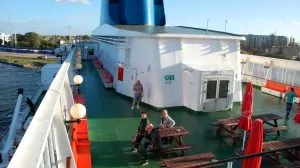
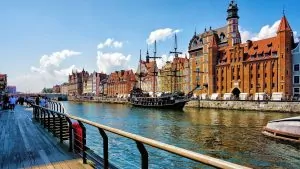
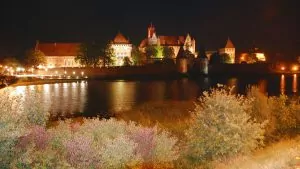
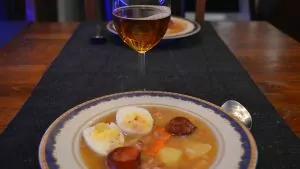
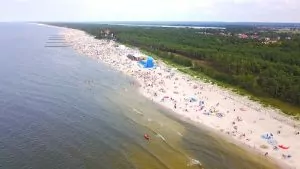
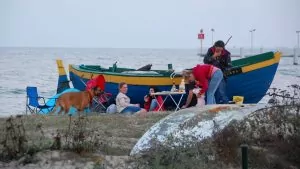
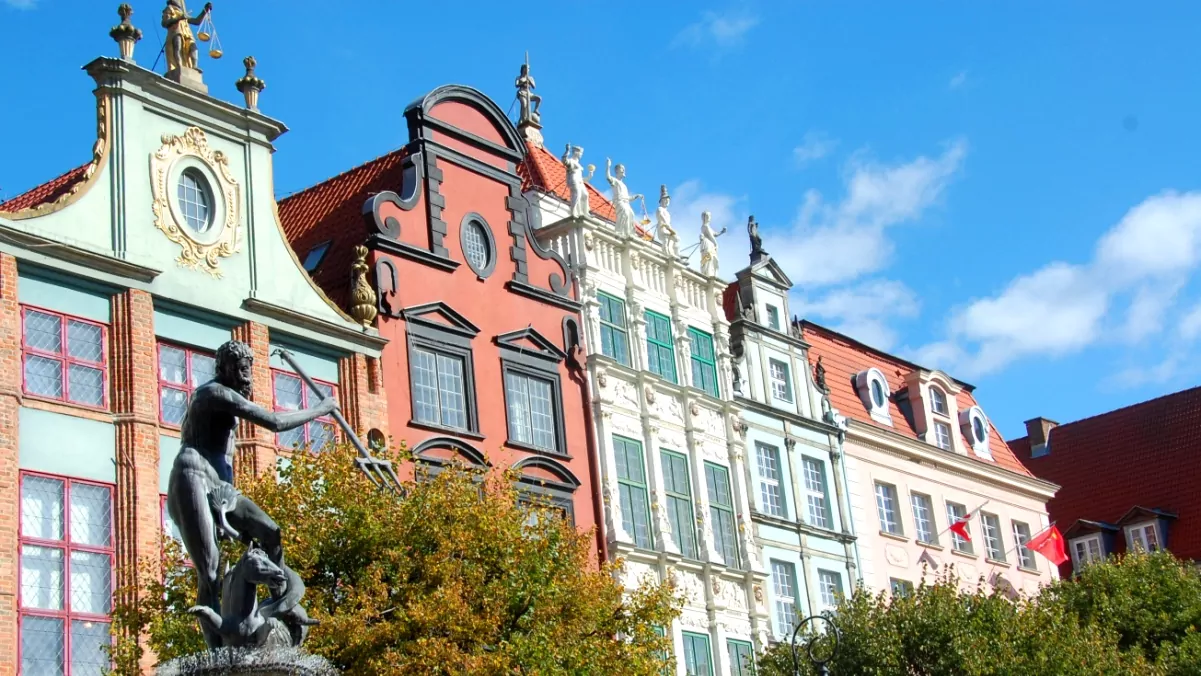
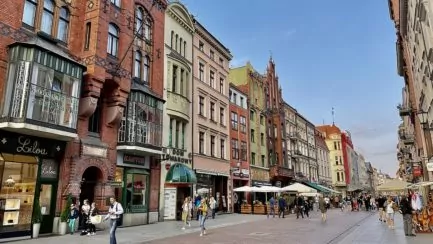
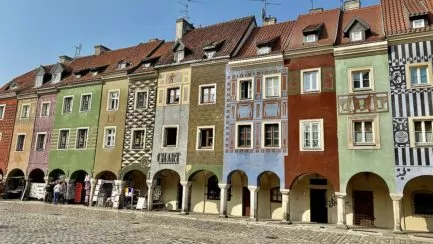
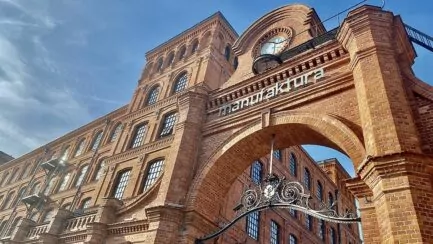
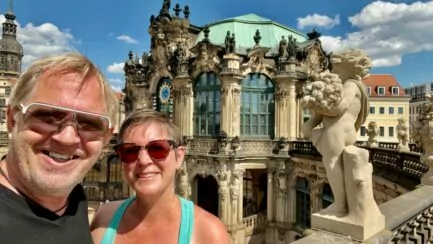



Evy Knoph says:
Hi! Yes nice city :-). Was there in September too. Bought a 48-hour card to get around on trams and buses for 20 zl (about 48 SEK). 67 years and older go free. Stayed at Scandic Hotel, great location, buses and trams in all directions right outside... Shopping malls near. And not so far from the centre.
Right behind Scandic there was a collection of restaurants and cafes under the railway. Ate a very good liver skewer at one of the places there (do not remember the name).
Stay on a Sunday and take the tram to the big Sunday market at the abandoned Swiebodzki station.
07 October 2020 - 6:48
Helena says:
Yes I know you were in Poland, nice that you were also in Wroclaw! Interesting to hear your experiences and tips, thanks! 🙂
07 October 2020 - 18:33
Happy Campers says:
We have never been to Poland but it is on our to do list. Good info you provide.
07 October 2020 - 8:15
Helena says:
Glad it is appreciated, Poland is nice! 🙂
07 October 2020 - 18:33
Elisabeth says:
WROCLAW is a beautiful old town with lots to see. The hunt for the dwarves was fun and at the same time looking at old houses. Some rusted and others not. (Of course they can be now.) The Hundrapr Hall with the park around it was also an experience.
High time for a new trip to Poland.
07 October 2020 - 9:33
Helena says:
Glad that you also appreciated this city! The houses we saw were refurbished, so maybe a lot has happened, if it's been a few years since you were here. But we didn't go everywhere either 😉 .
07 October 2020 - 18:40
Lena i Wales och Spanien says:
A completely unknown place for me.
What a city, so wonderful!
Fantastic square.
Like the little figures.
This food makes me feel hungry.
Take care!
07 October 2020 - 12:01
Helena says:
Really a nice city! We were very impressed, even though we were prepared for it to be nice 😉 And the food was great 🙂 .
07 October 2020 - 18:41
bmlarsreseblogg says:
We have Poland high on our "to-do list" and Wroclaw with its dwarfs is a must. The fact that there were so many other things to see and do makes the city even more appealing.
07 October 2020 - 12:32
Helena says:
Wroclaw is definitely worth a visit! 🙂
07 October 2020 - 18:41
dianasdrömmar says:
So nice pictures from Poland hug Diana
07 October 2020 - 14:44
Helena says:
Thank you very much! So many nice cities in Poland! 🙂
07 October 2020 - 18:41
Lena - gott för själen says:
Poland certainly seems a country worth visiting. Thanks for letting me "tag along"!
Hug Lena
08 October 2020 - 6:18
Helena says:
Really! Amazingly many nice places! 🙂
09 October 2020 - 6:38
TravelAnna says:
Looks like a wonderful city! Such good and detailed tips. I have previously become hungry via Evy Knoph's visit. 🙂
08 October 2020 - 20:53
Helena says:
Yes fun that Evy Knoph also found here! 🙂 Fantastically nice city!
09 October 2020 - 6:39